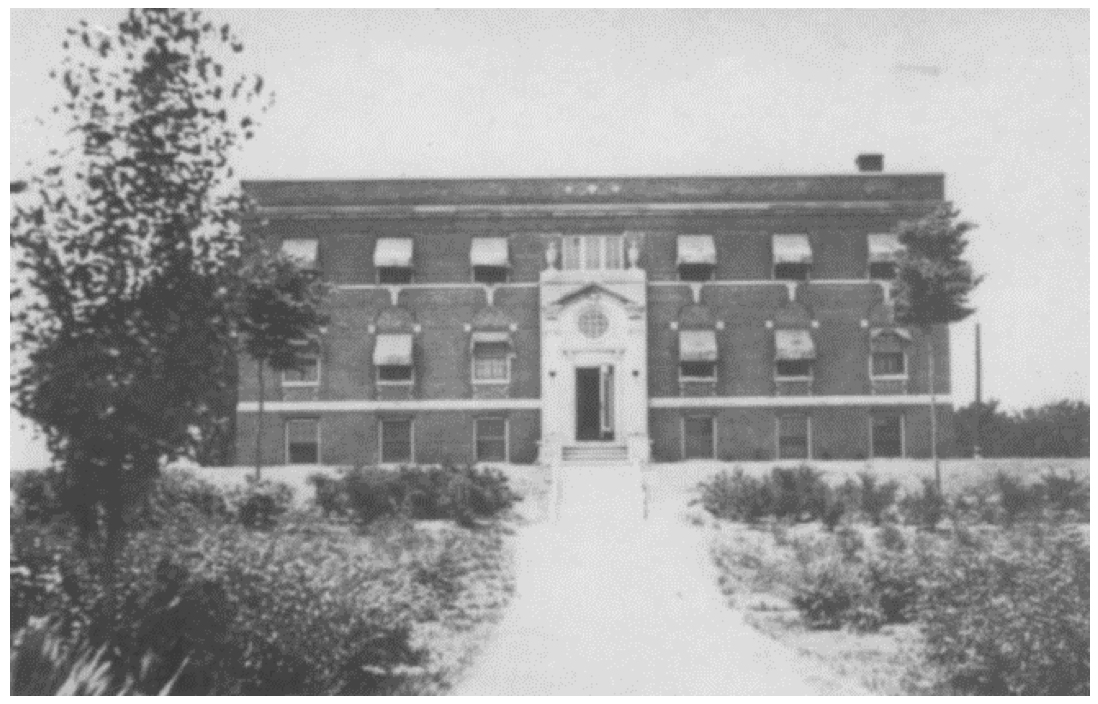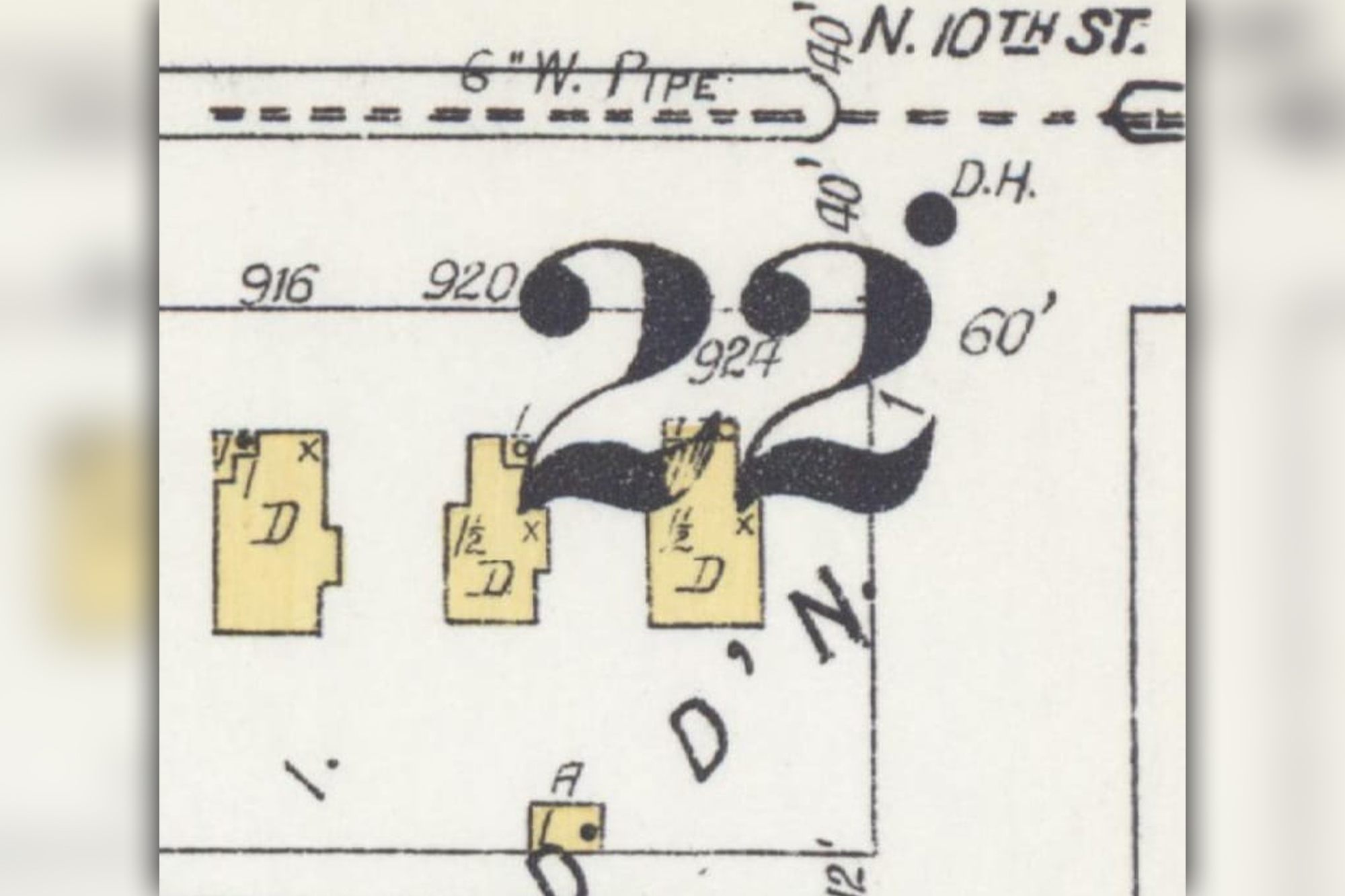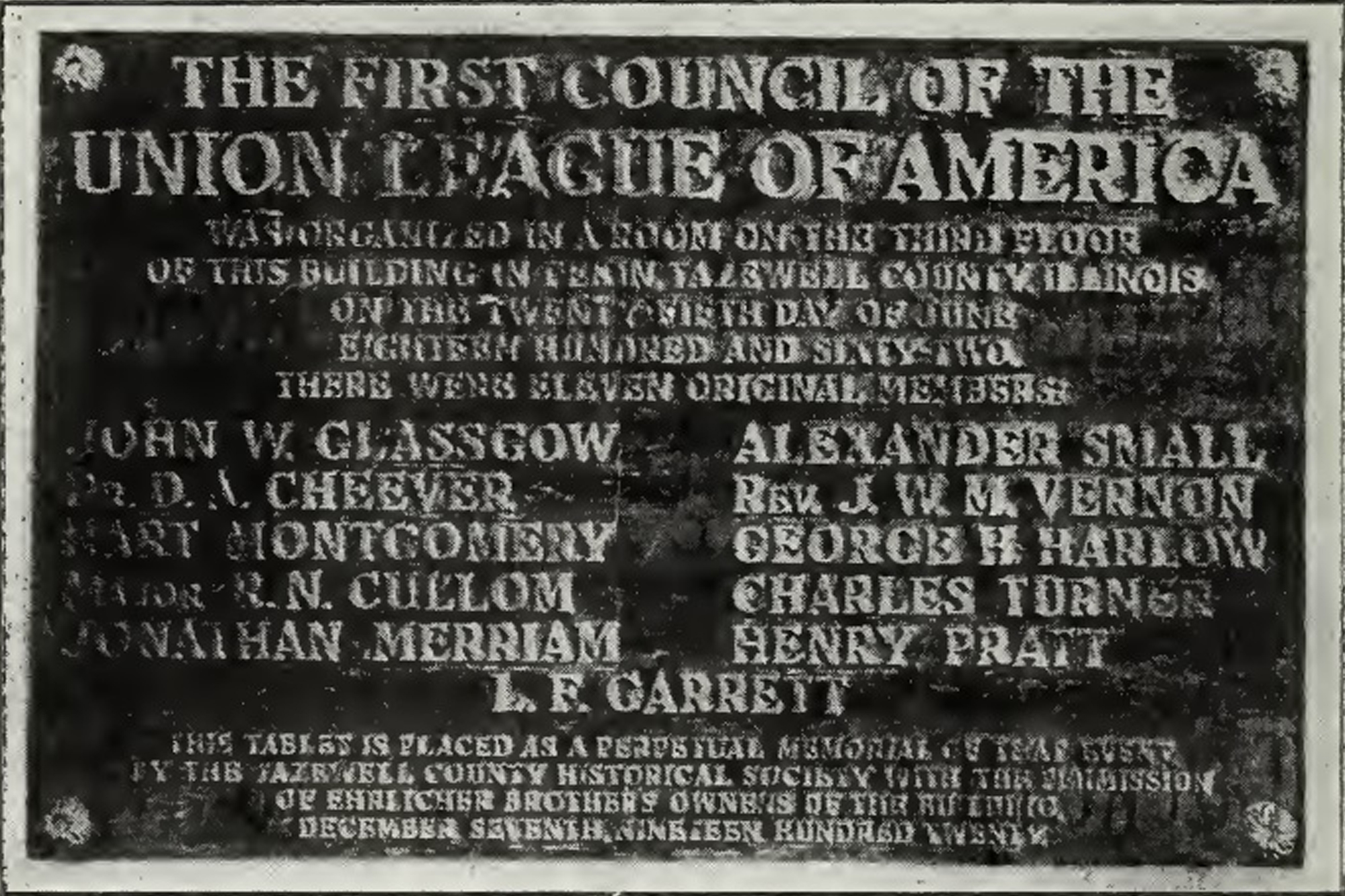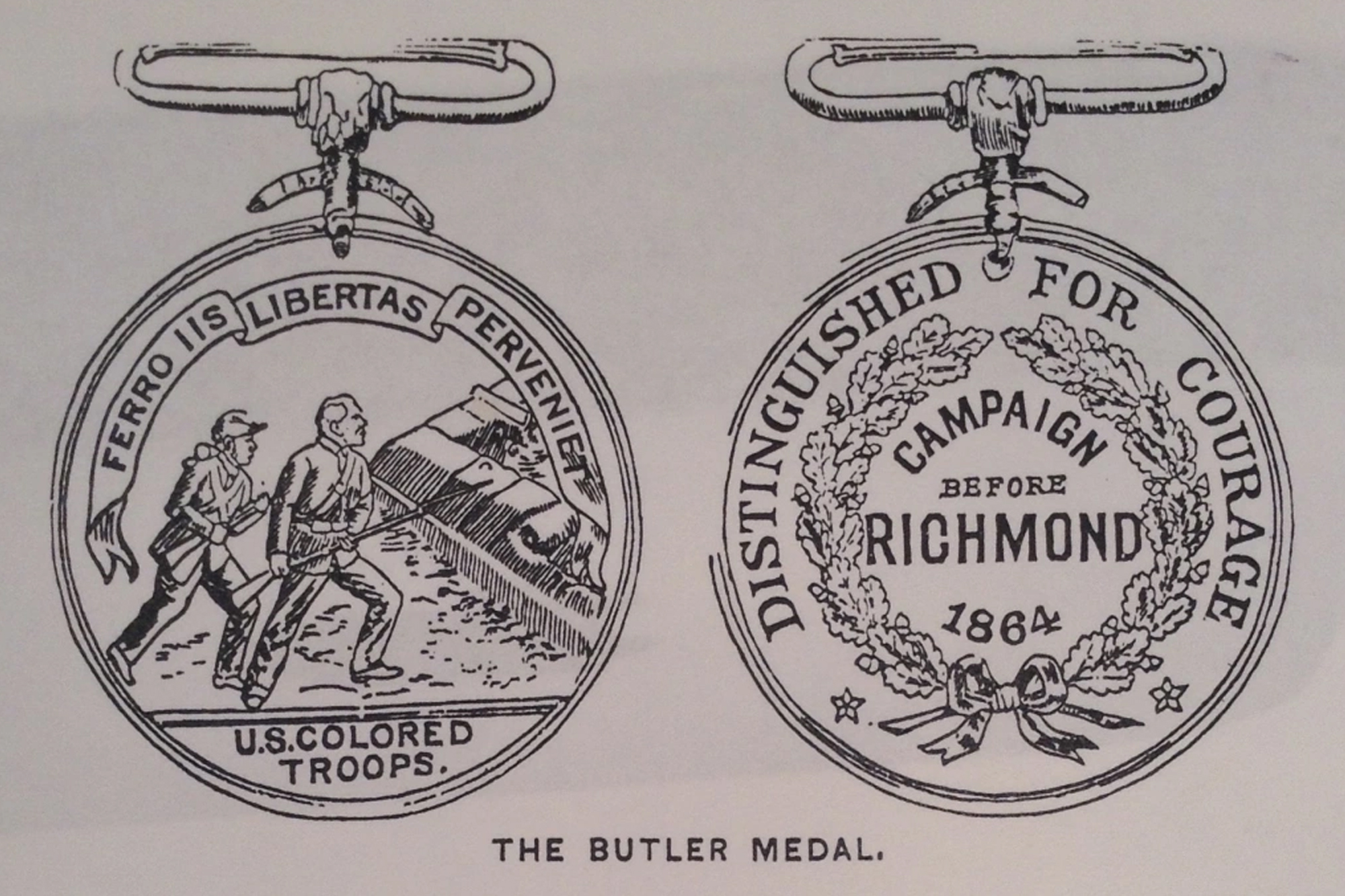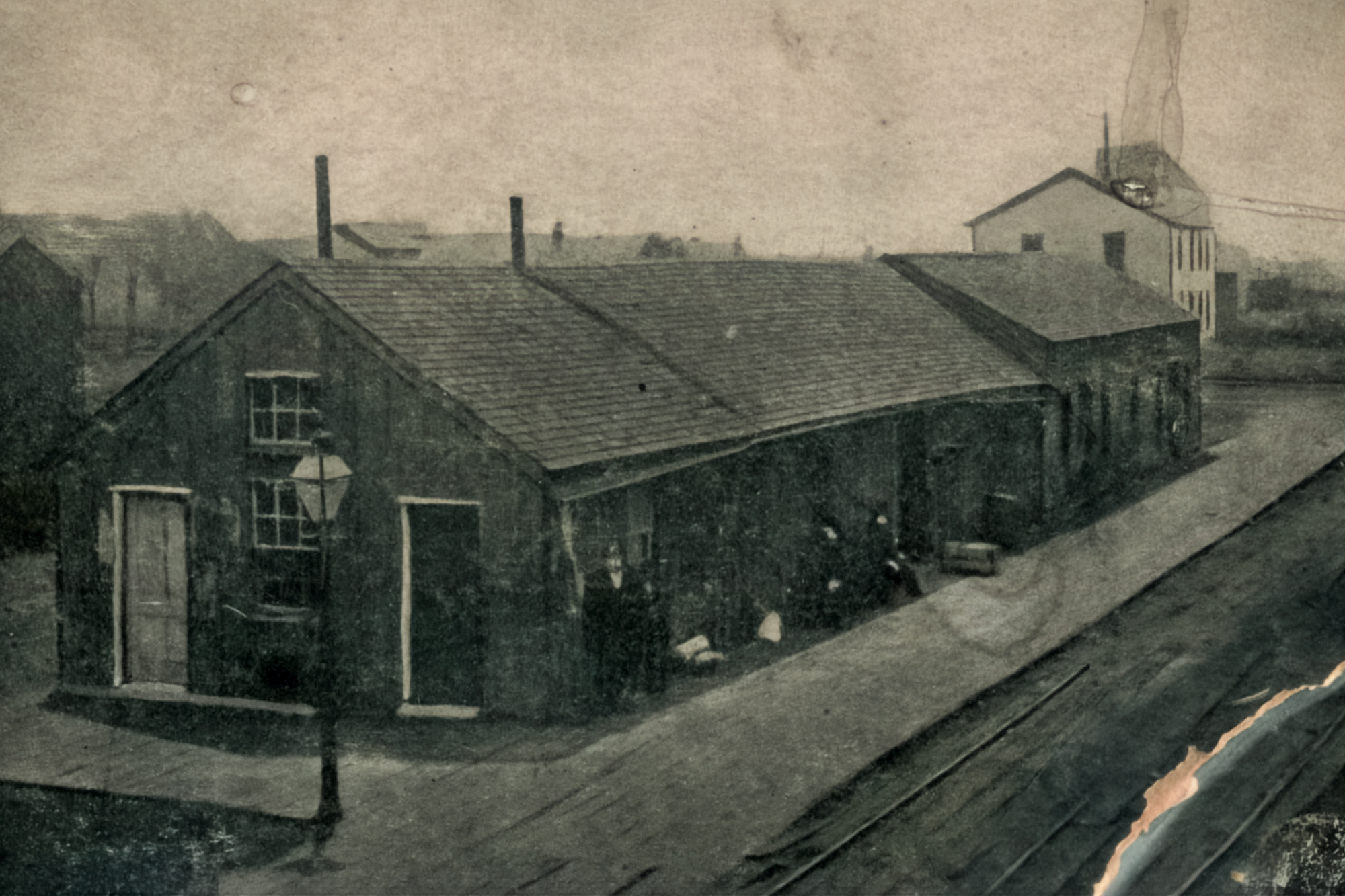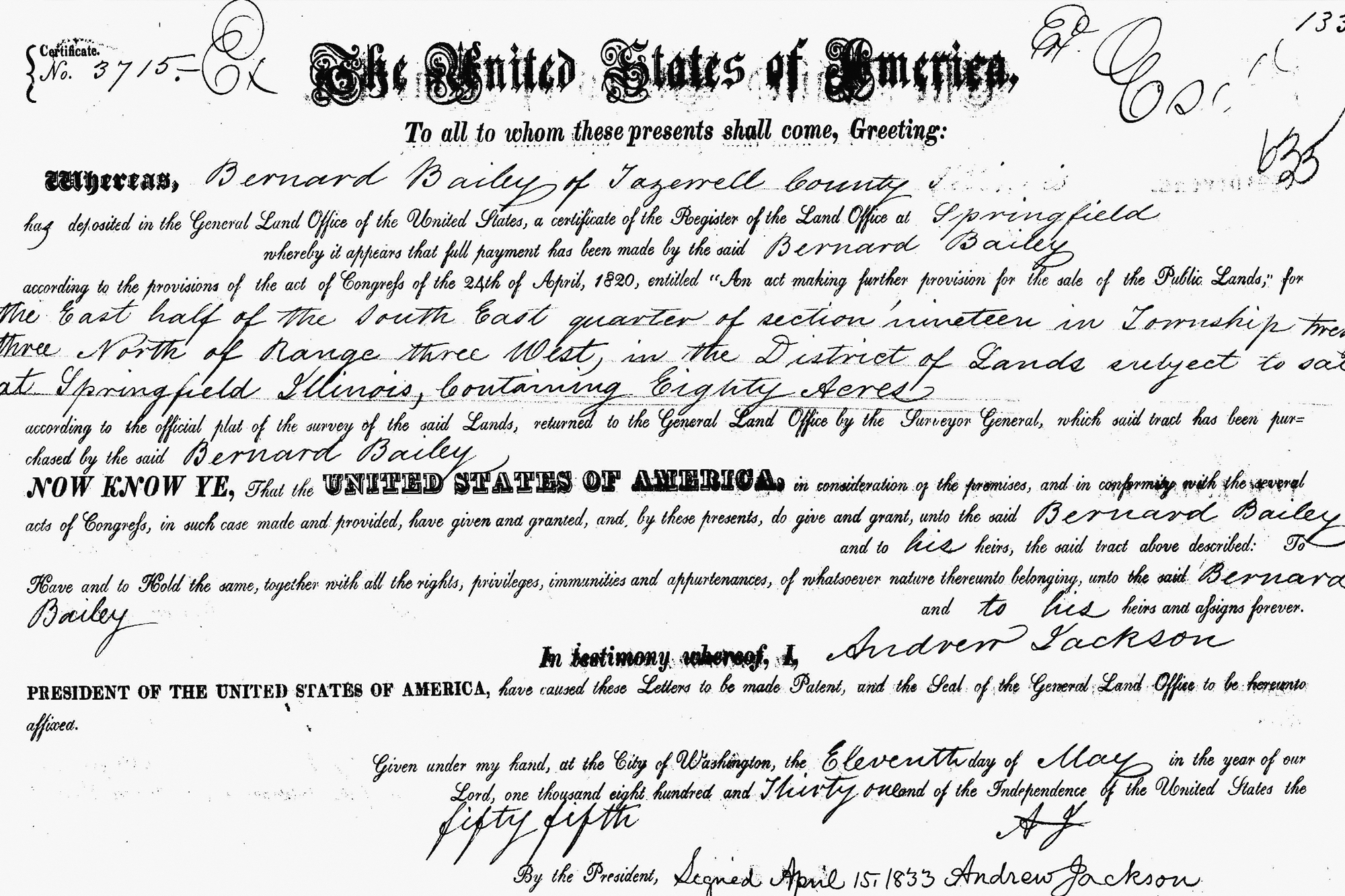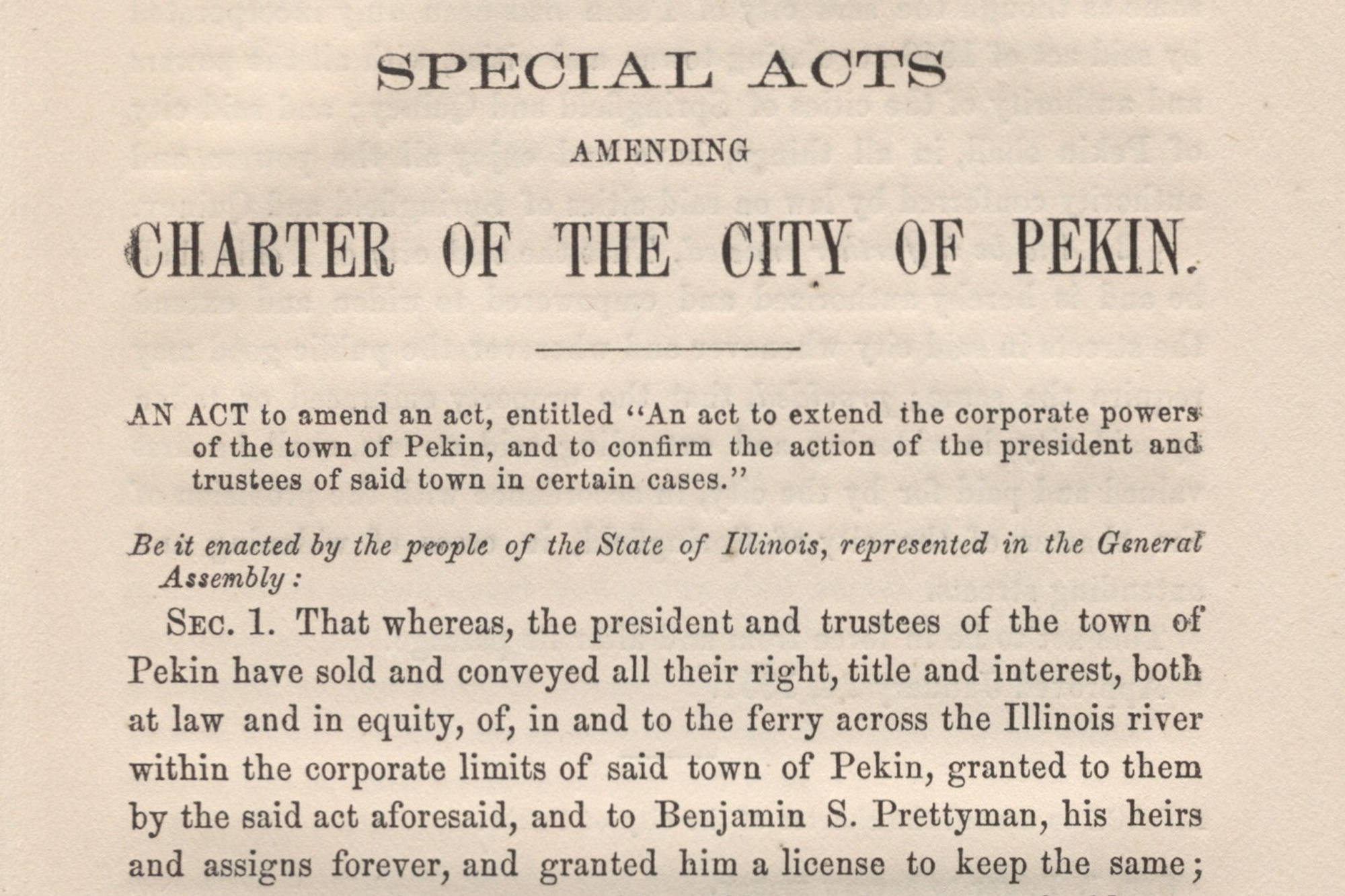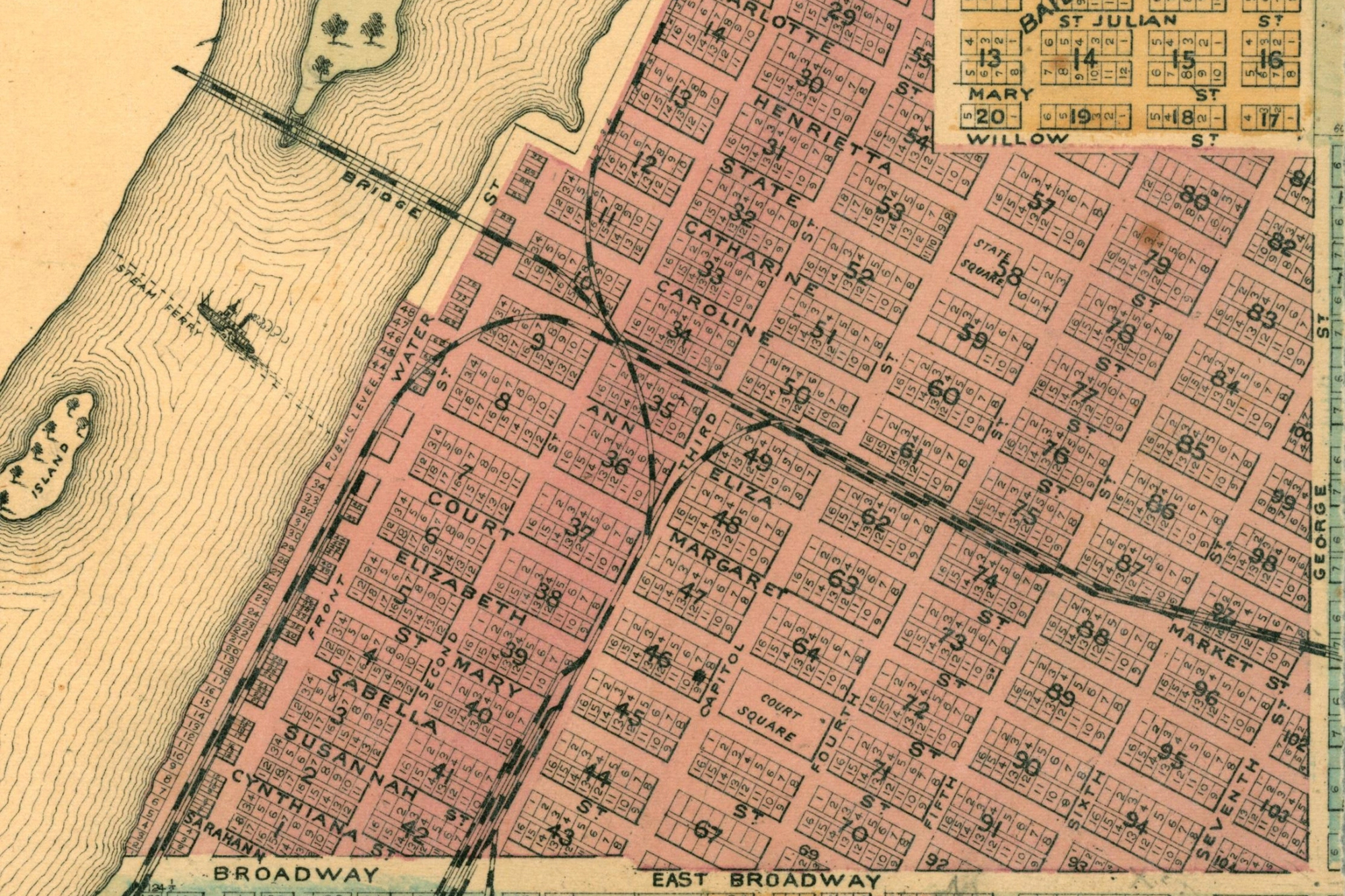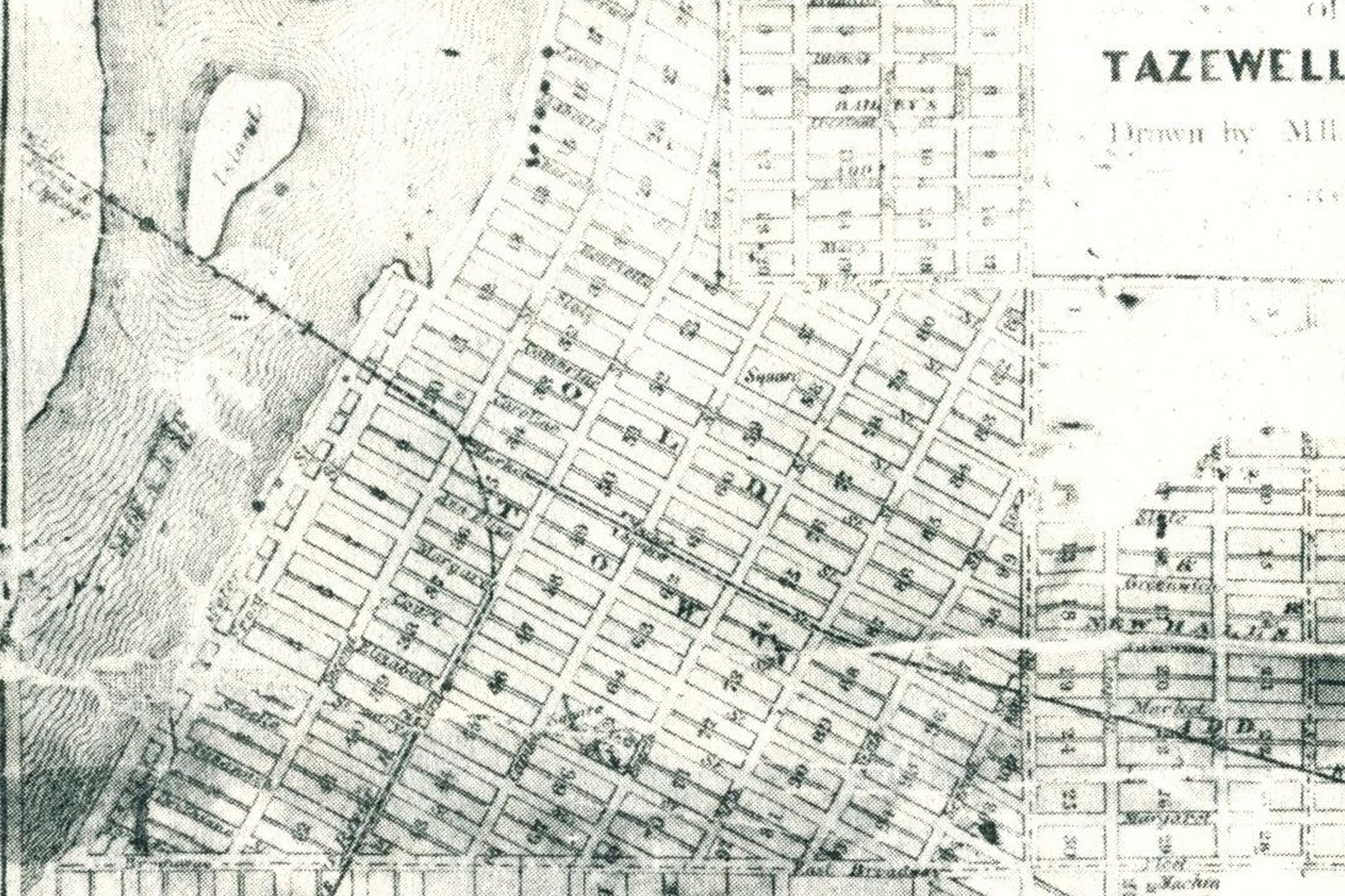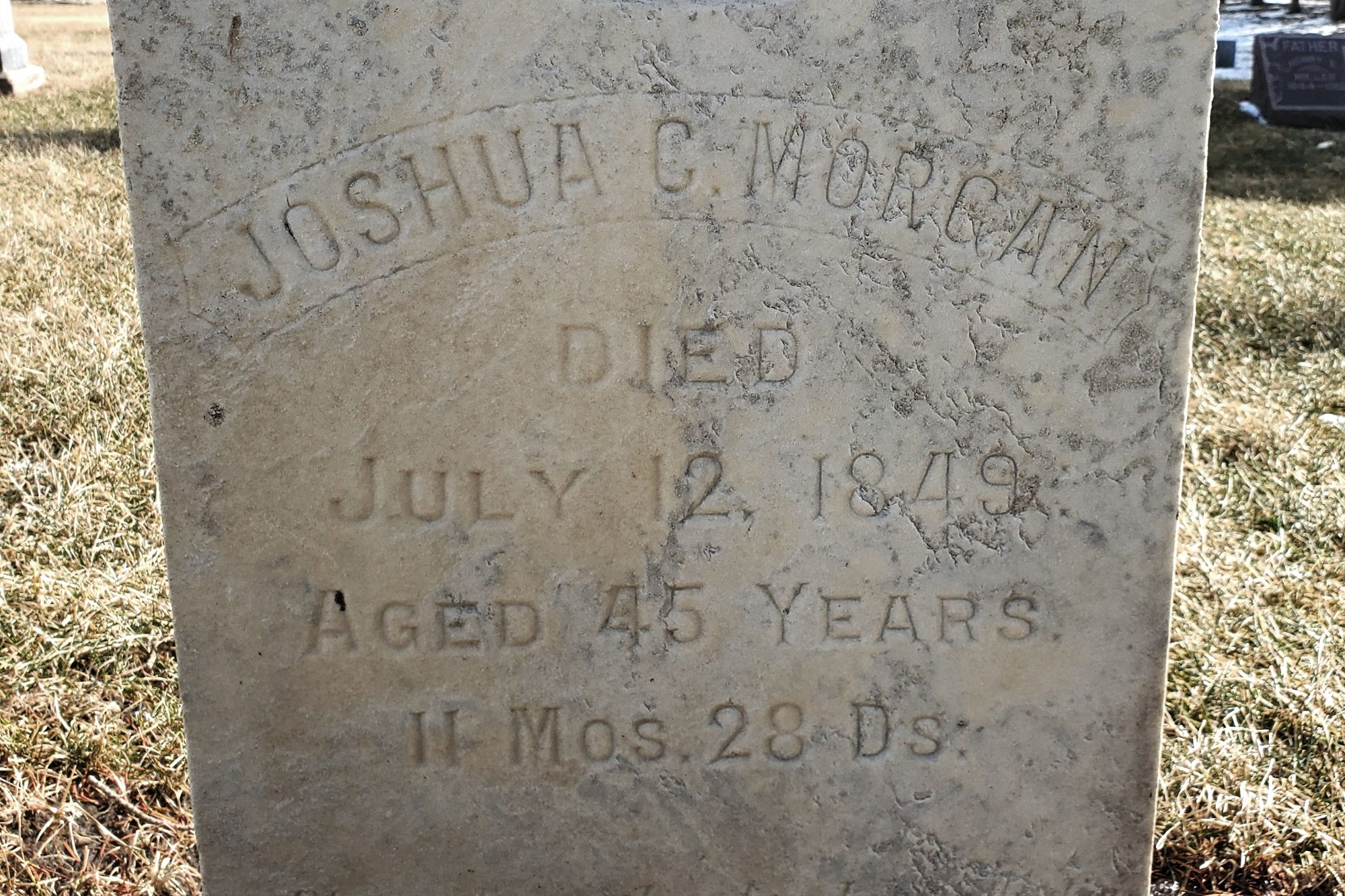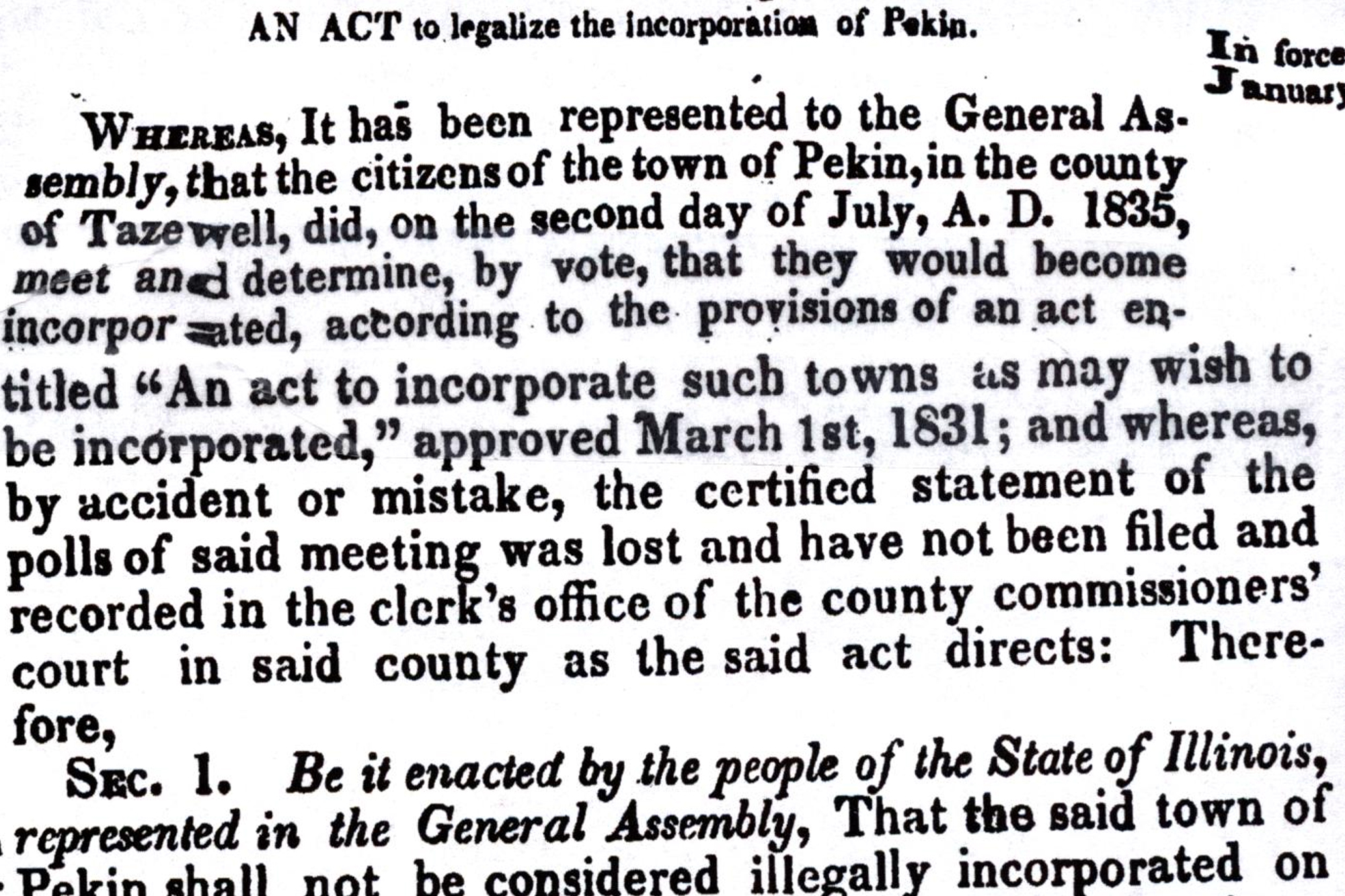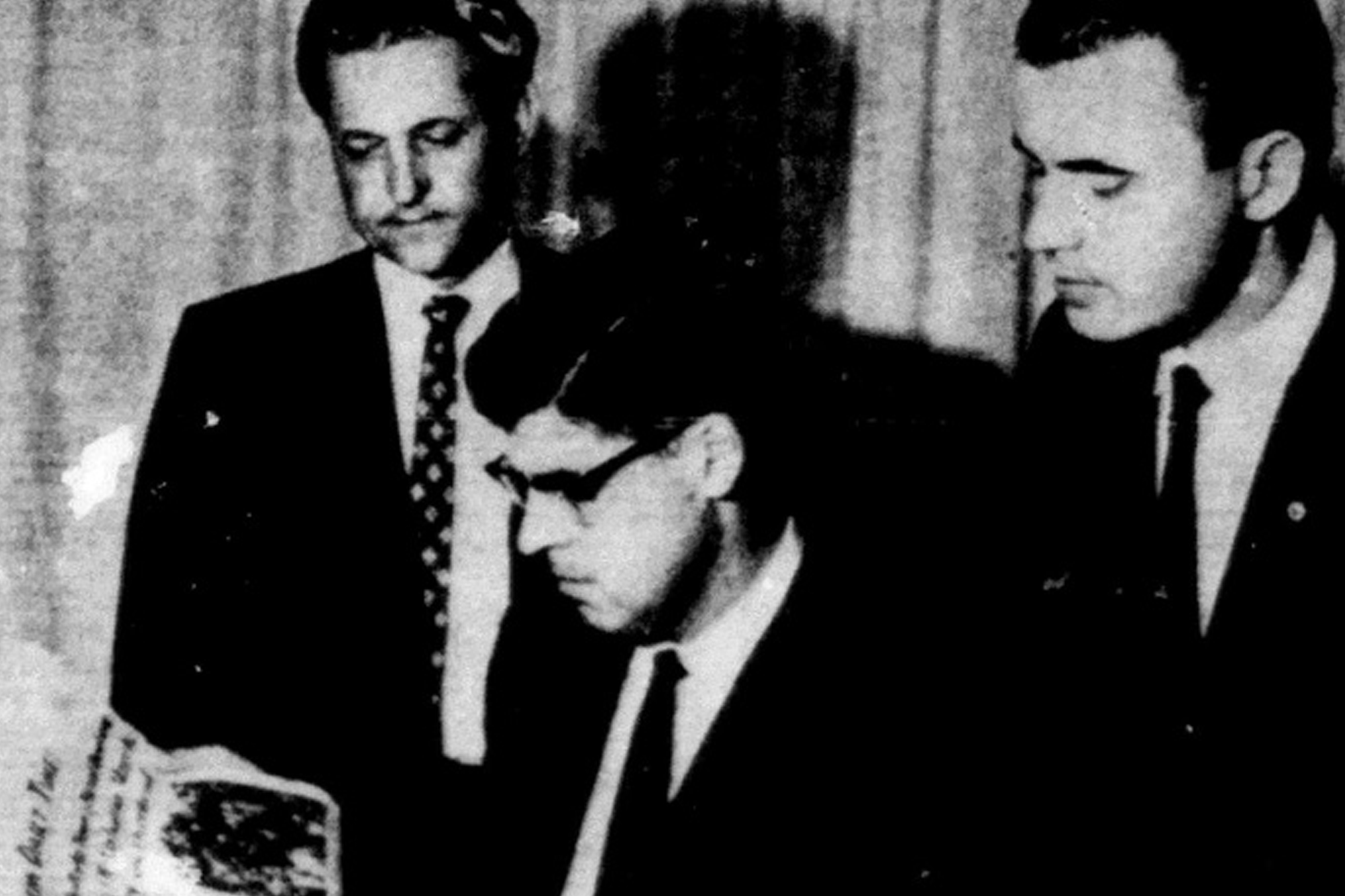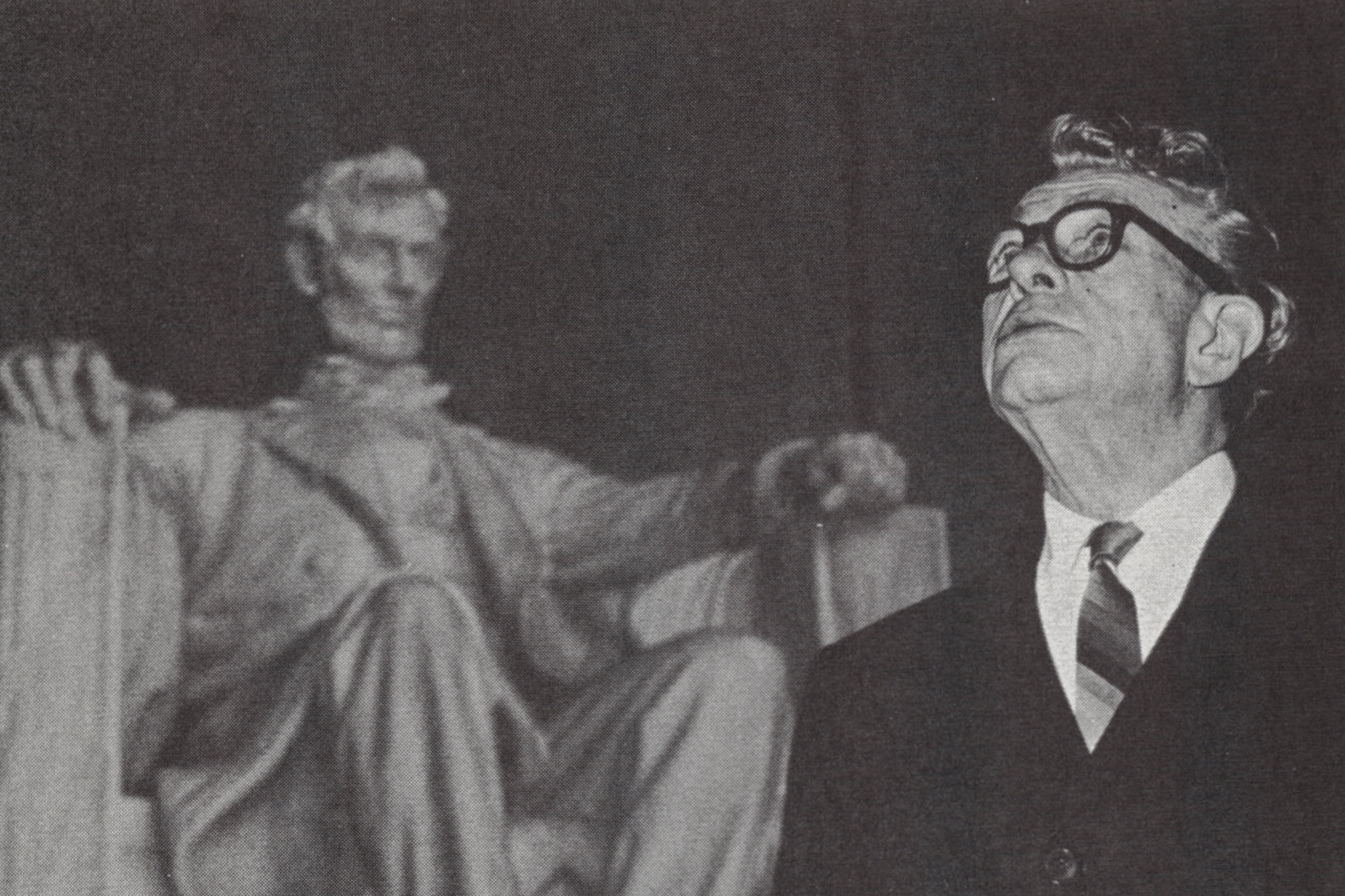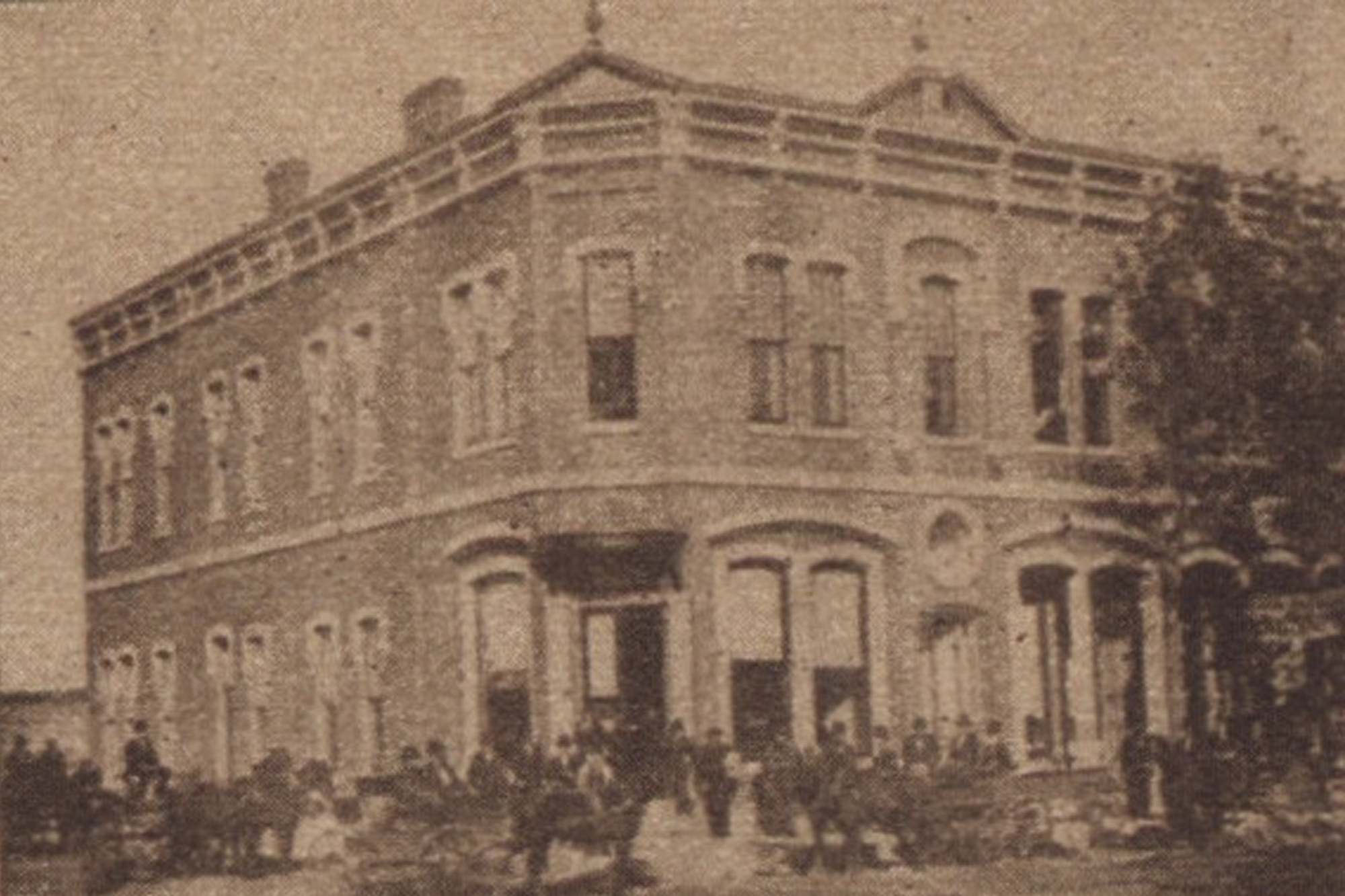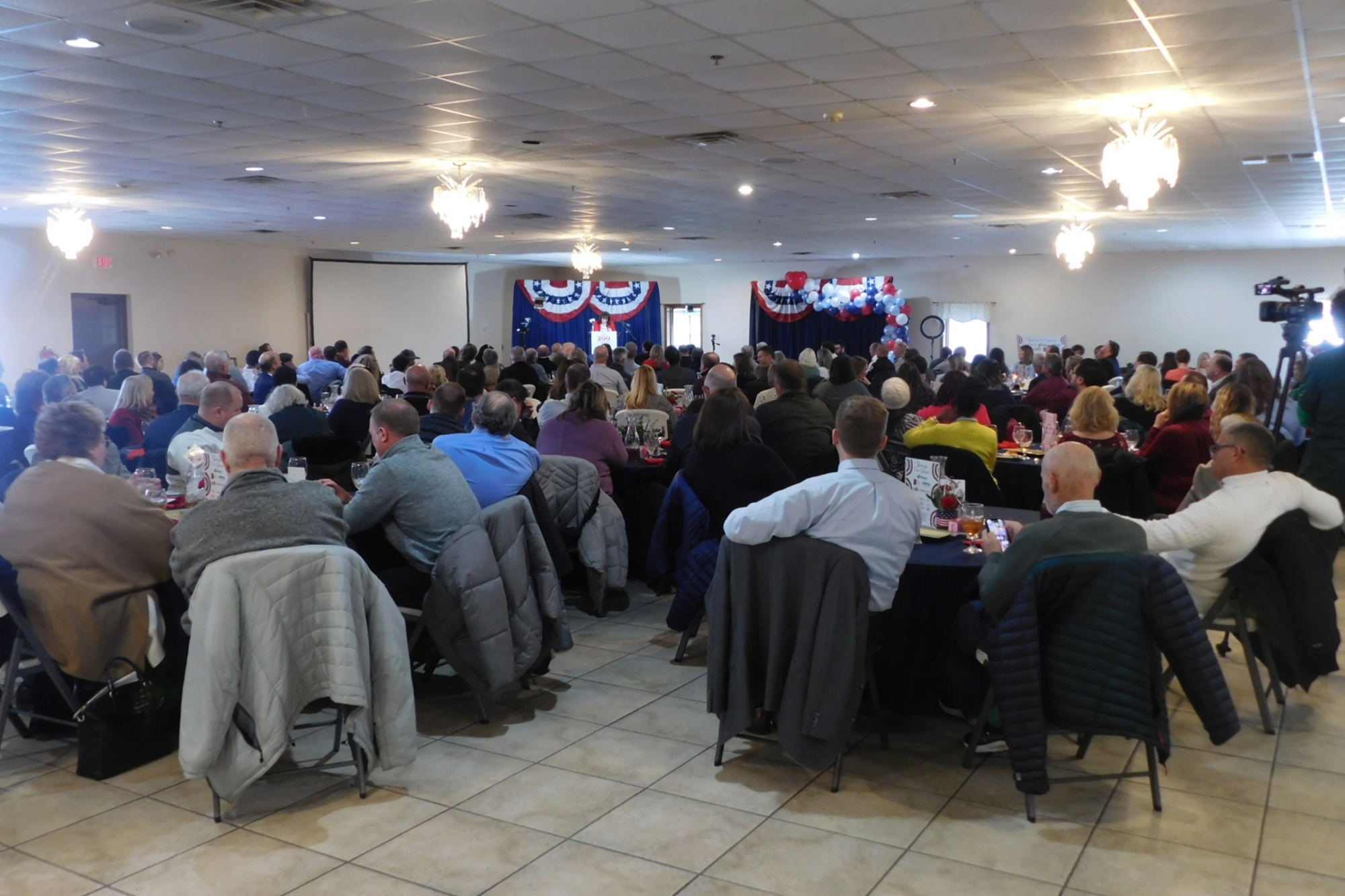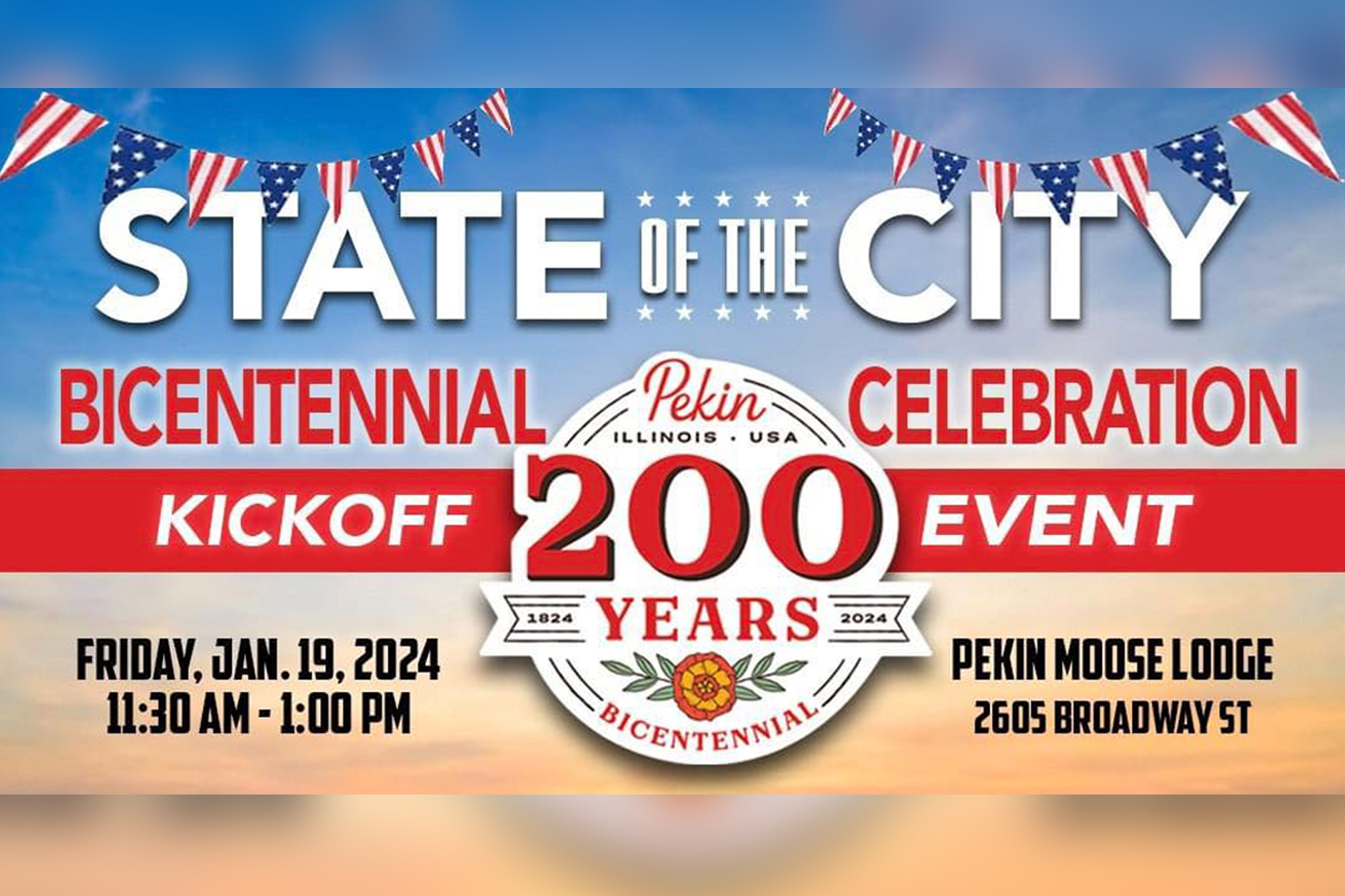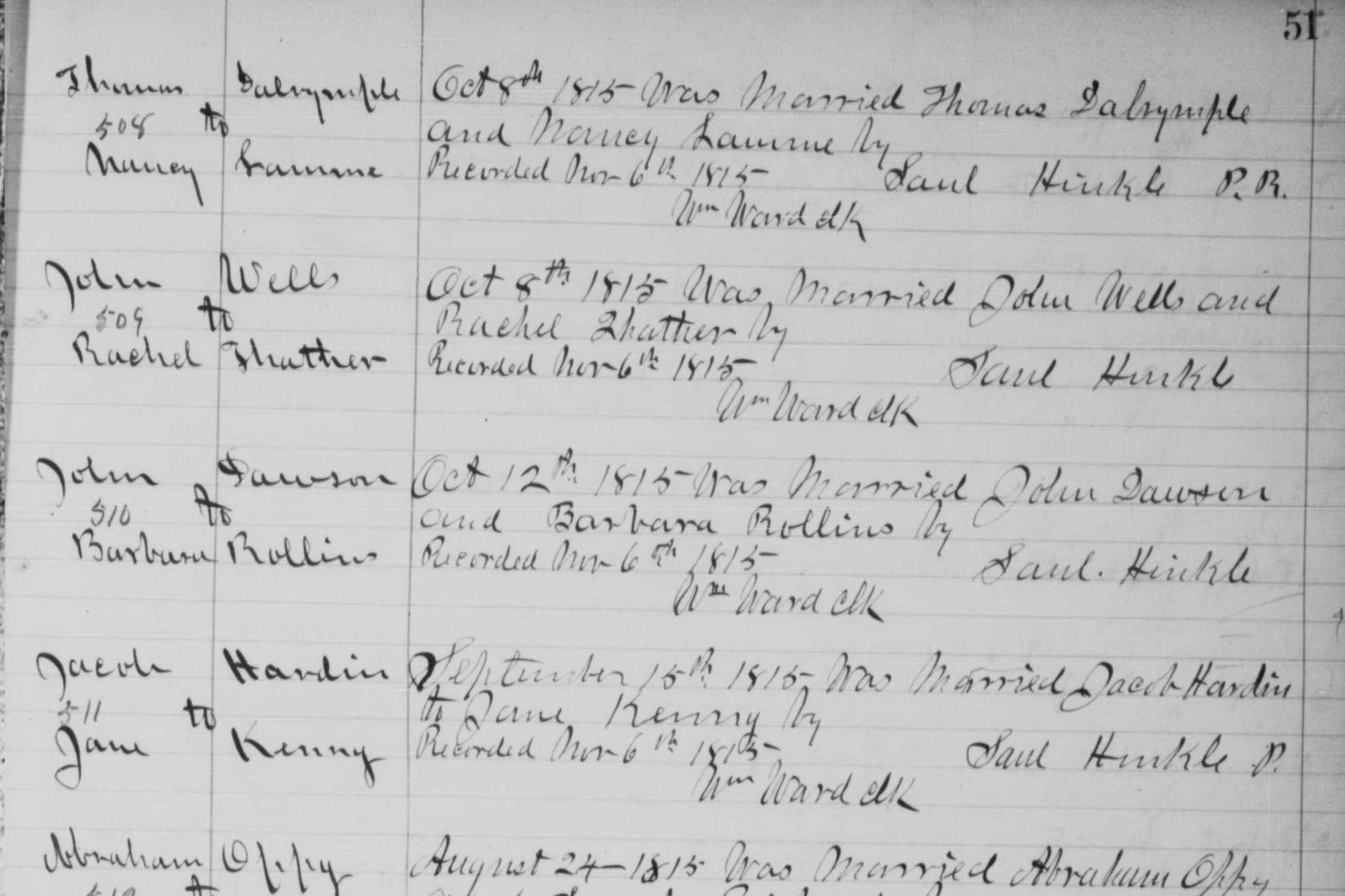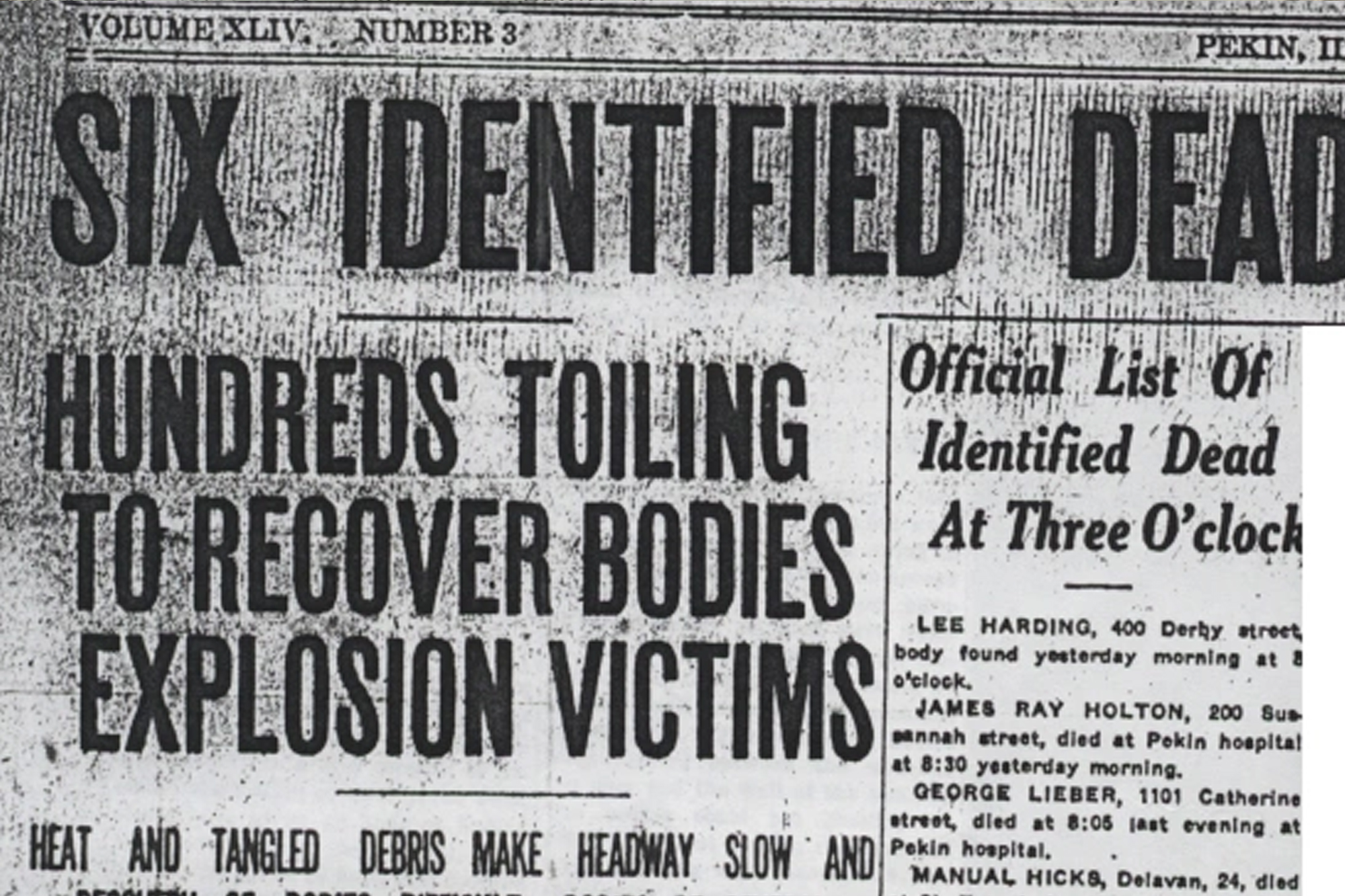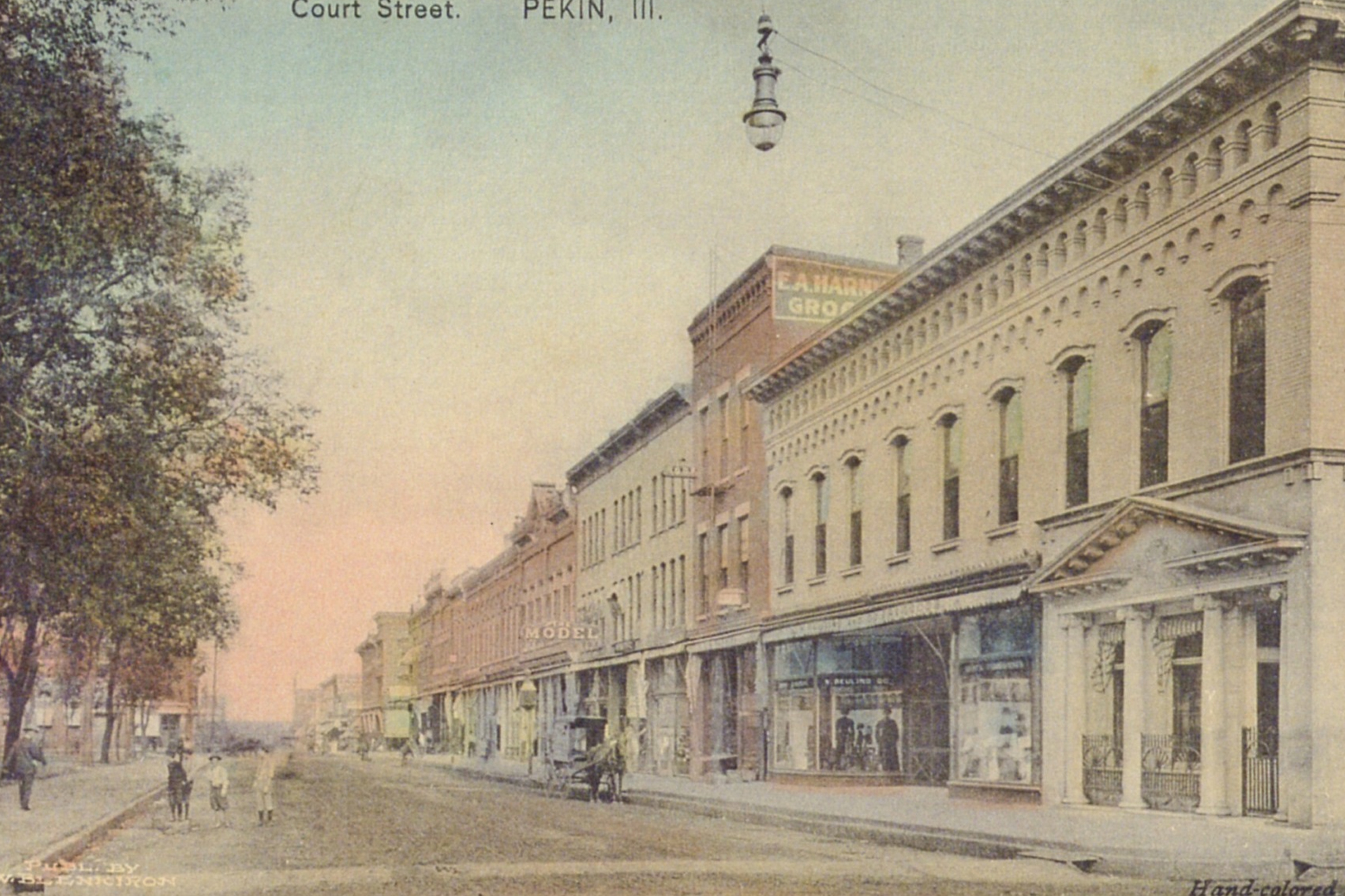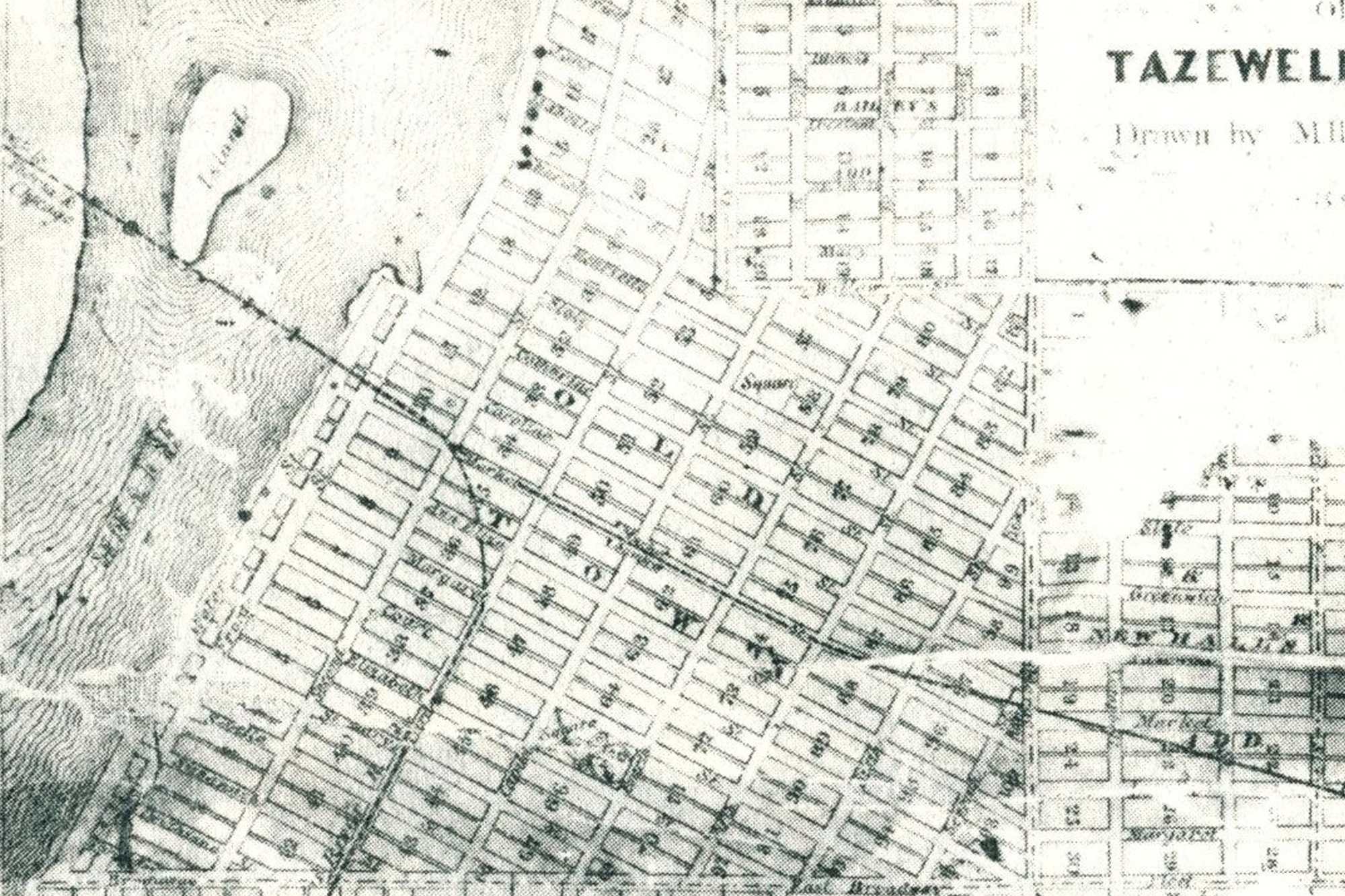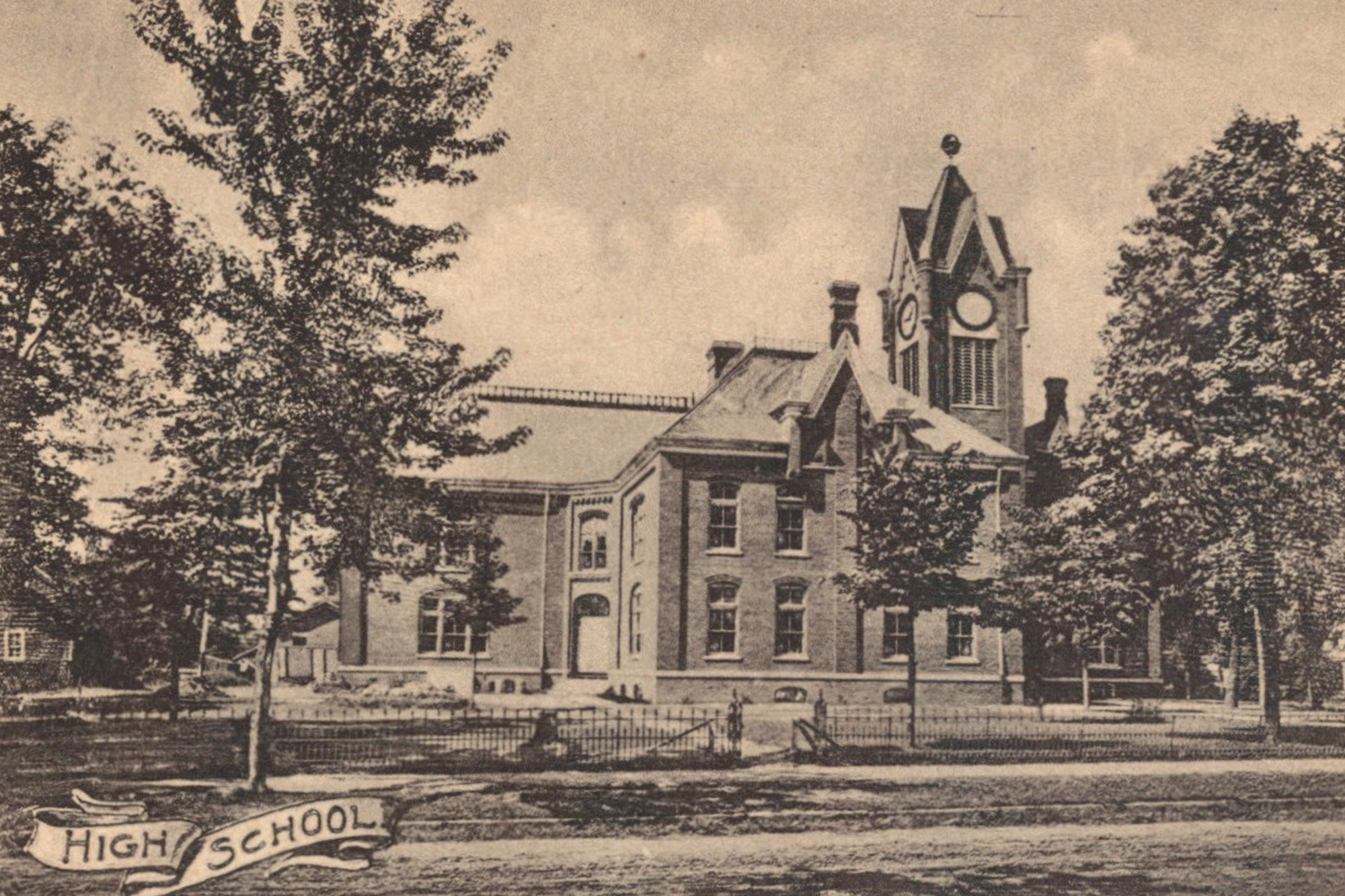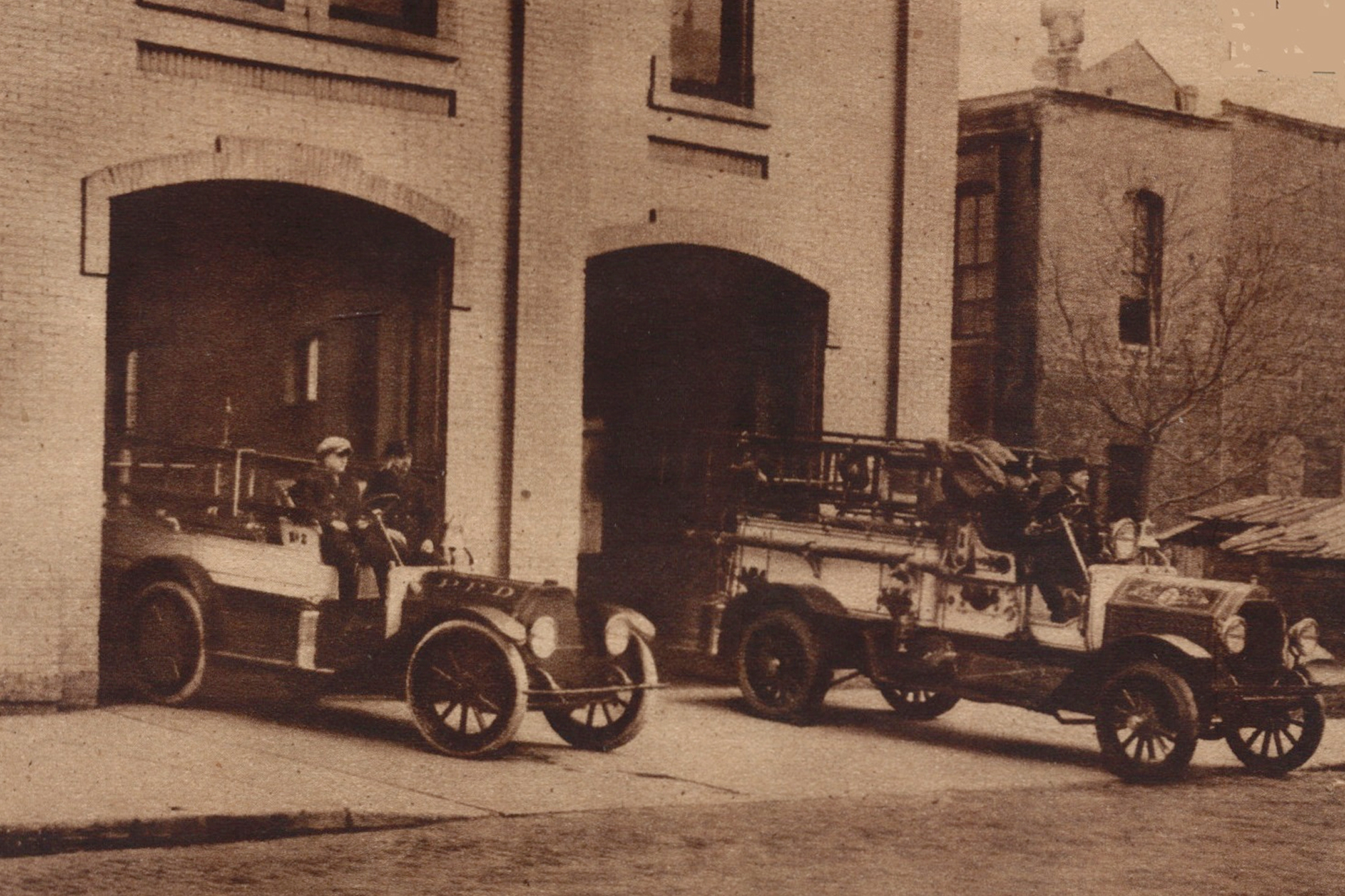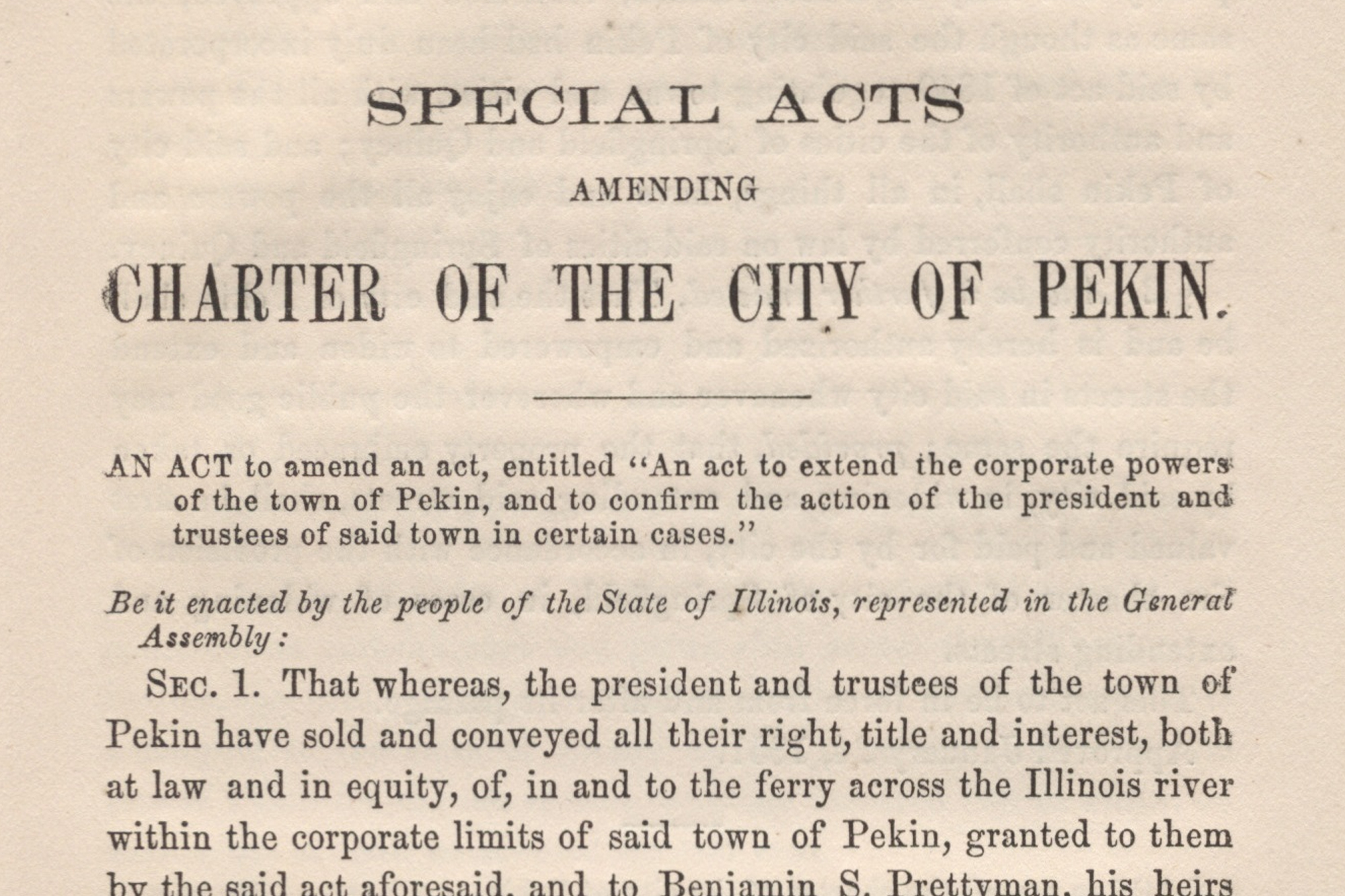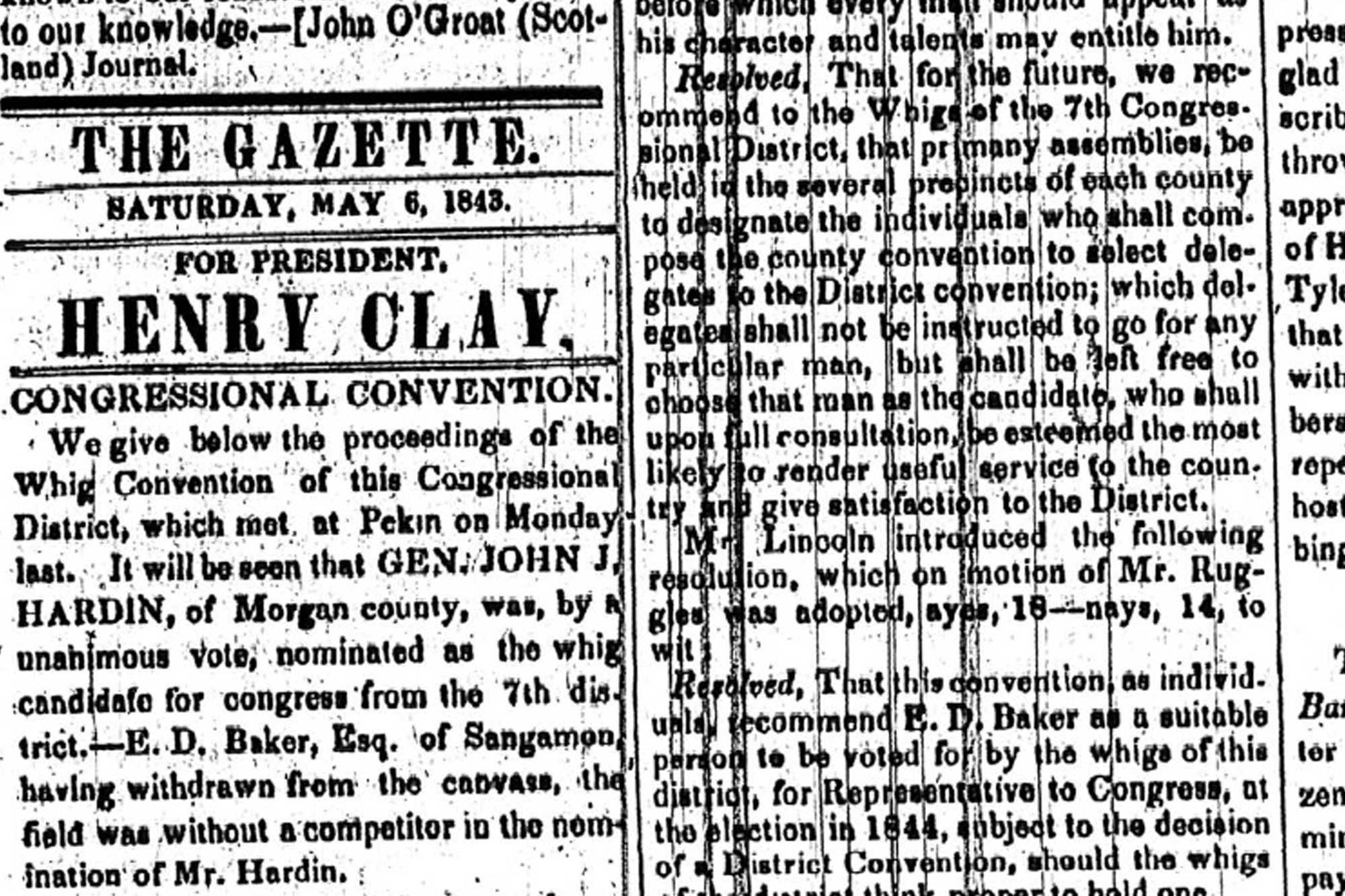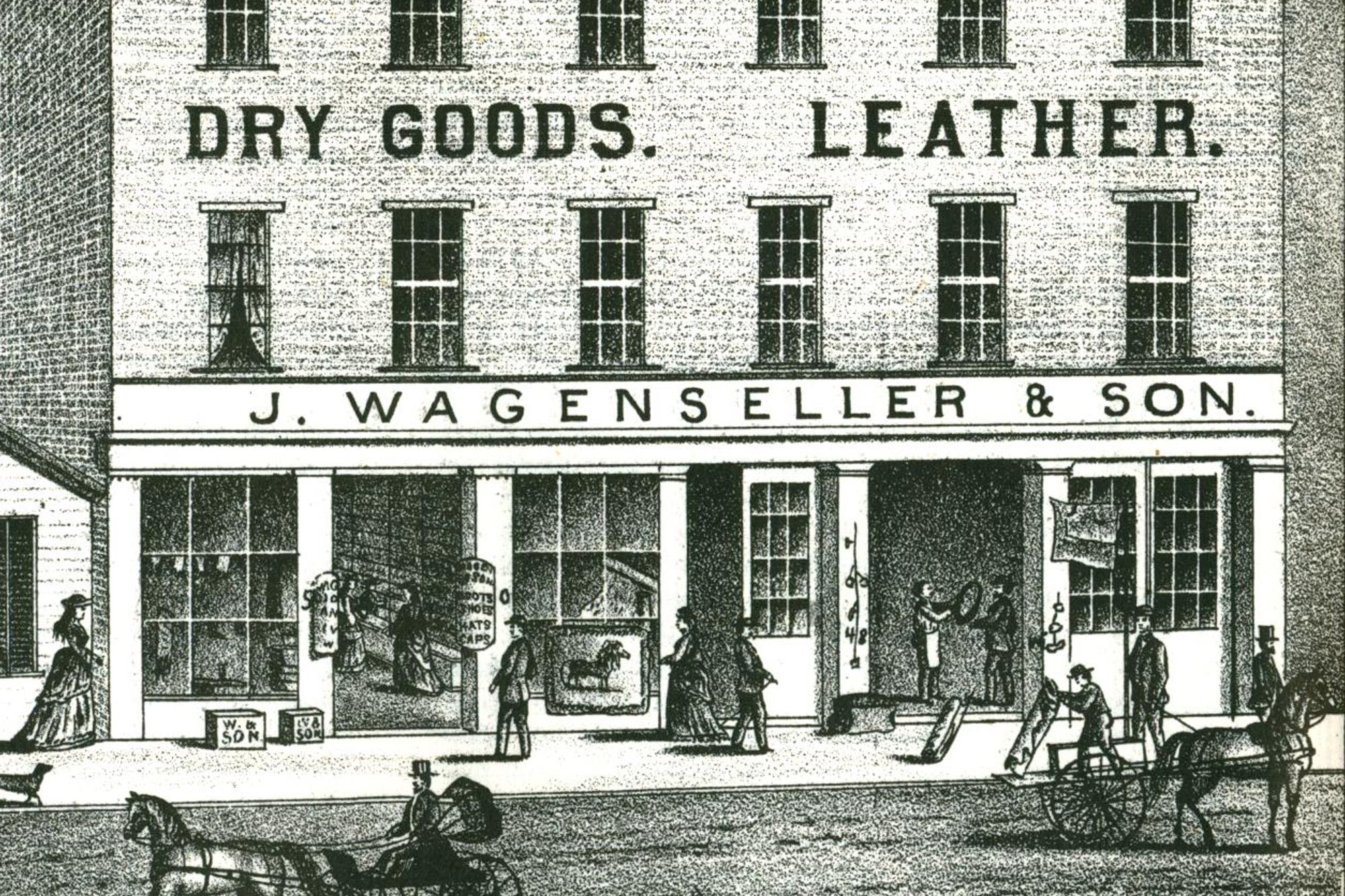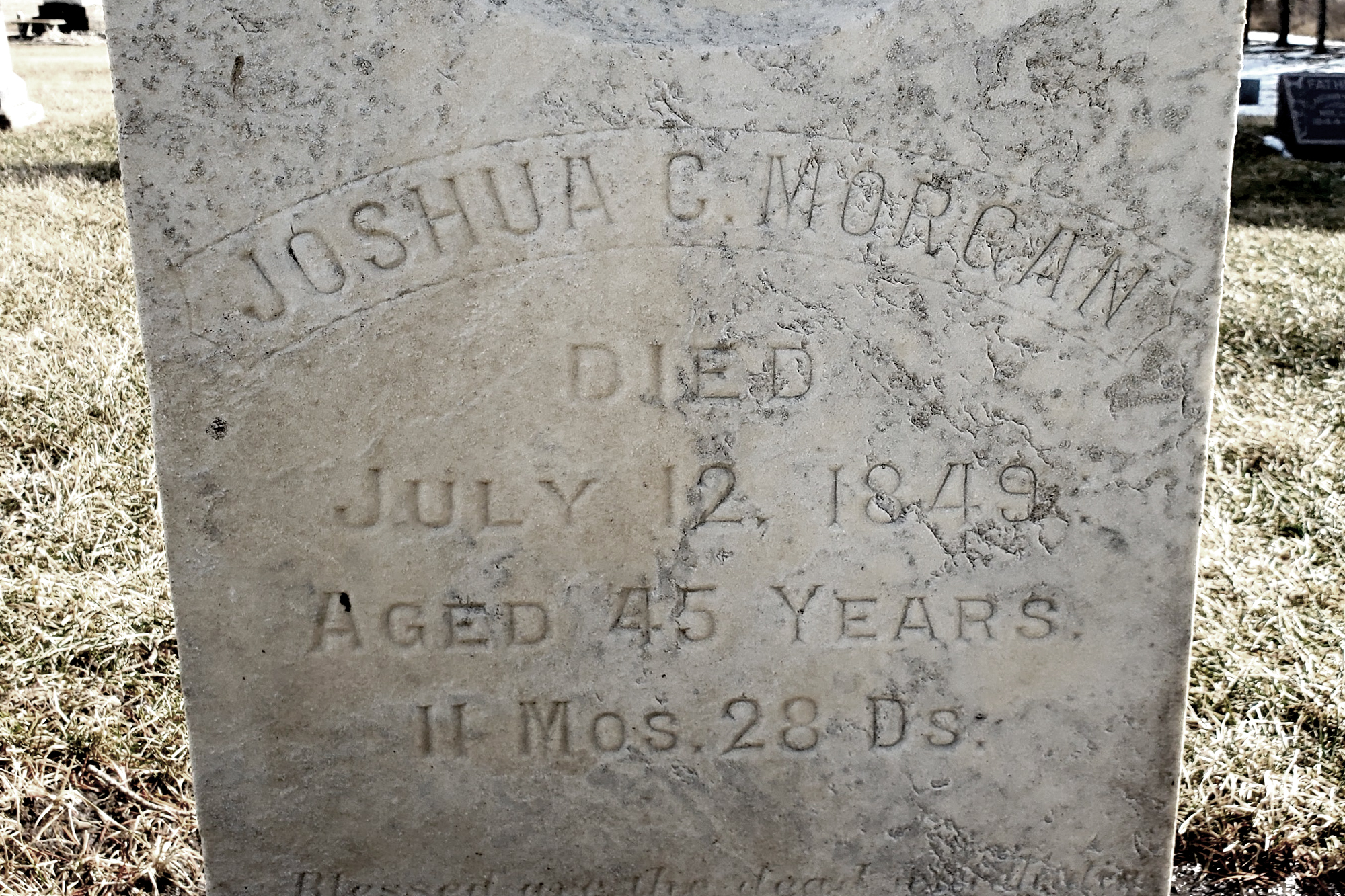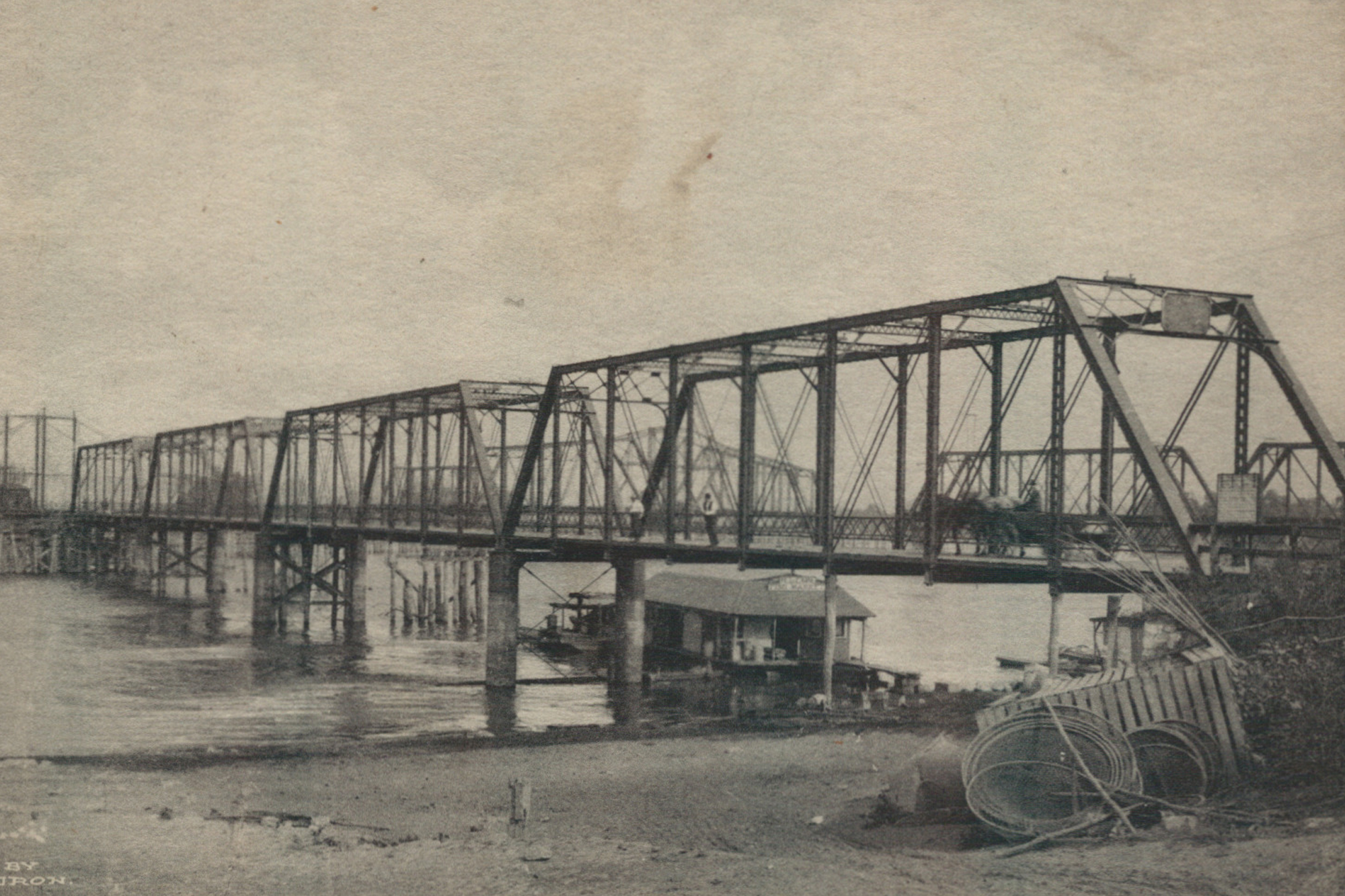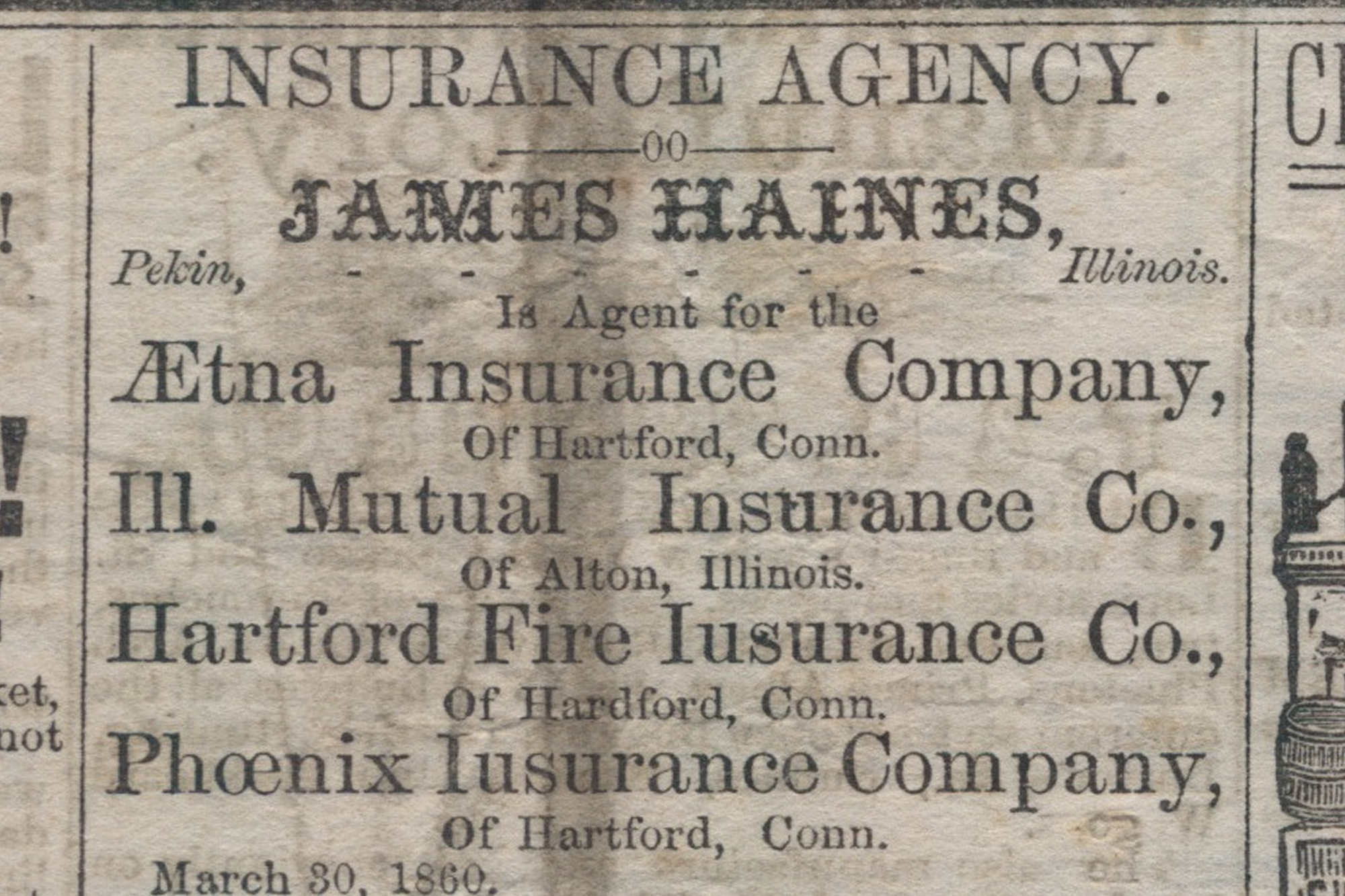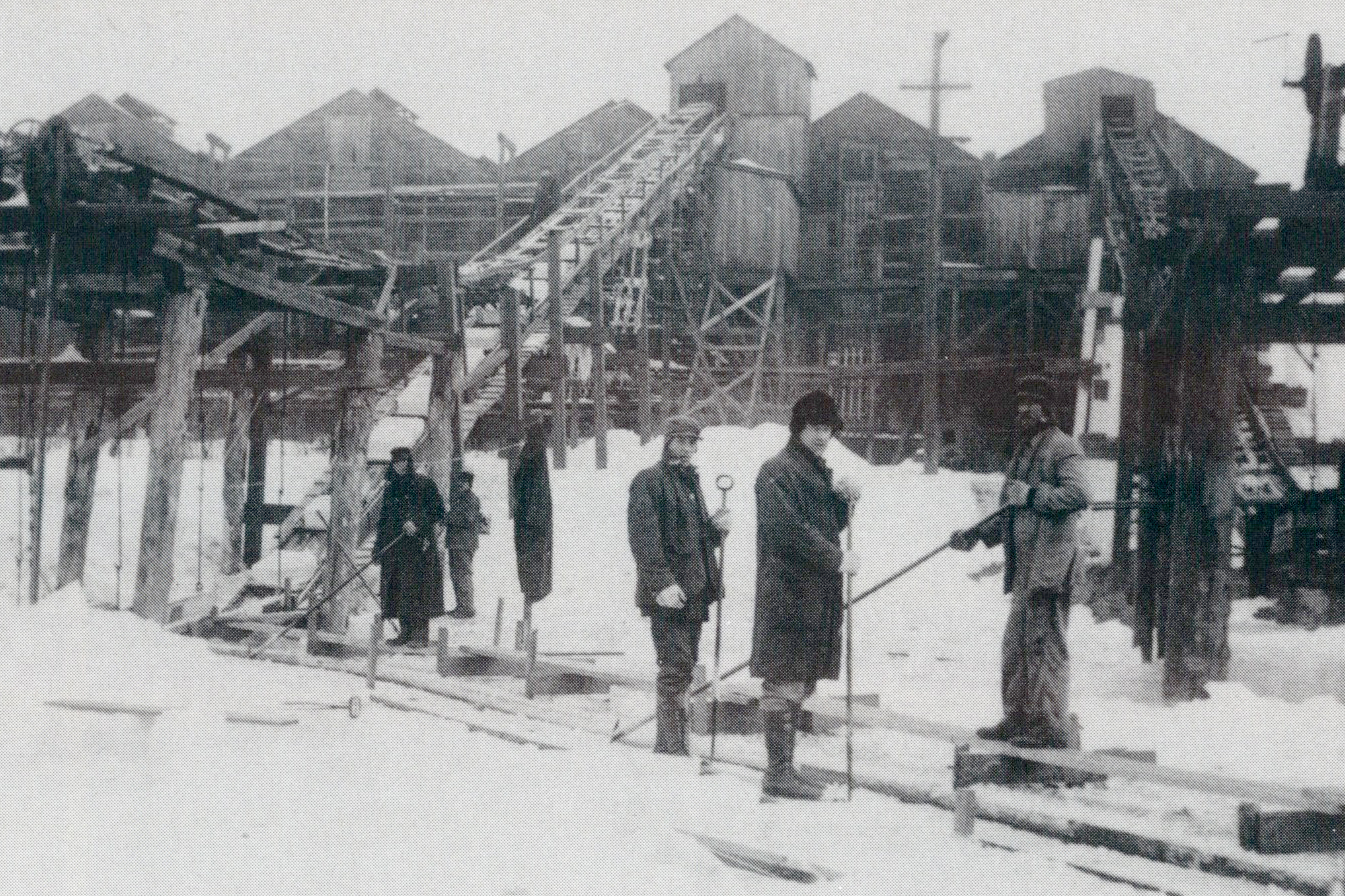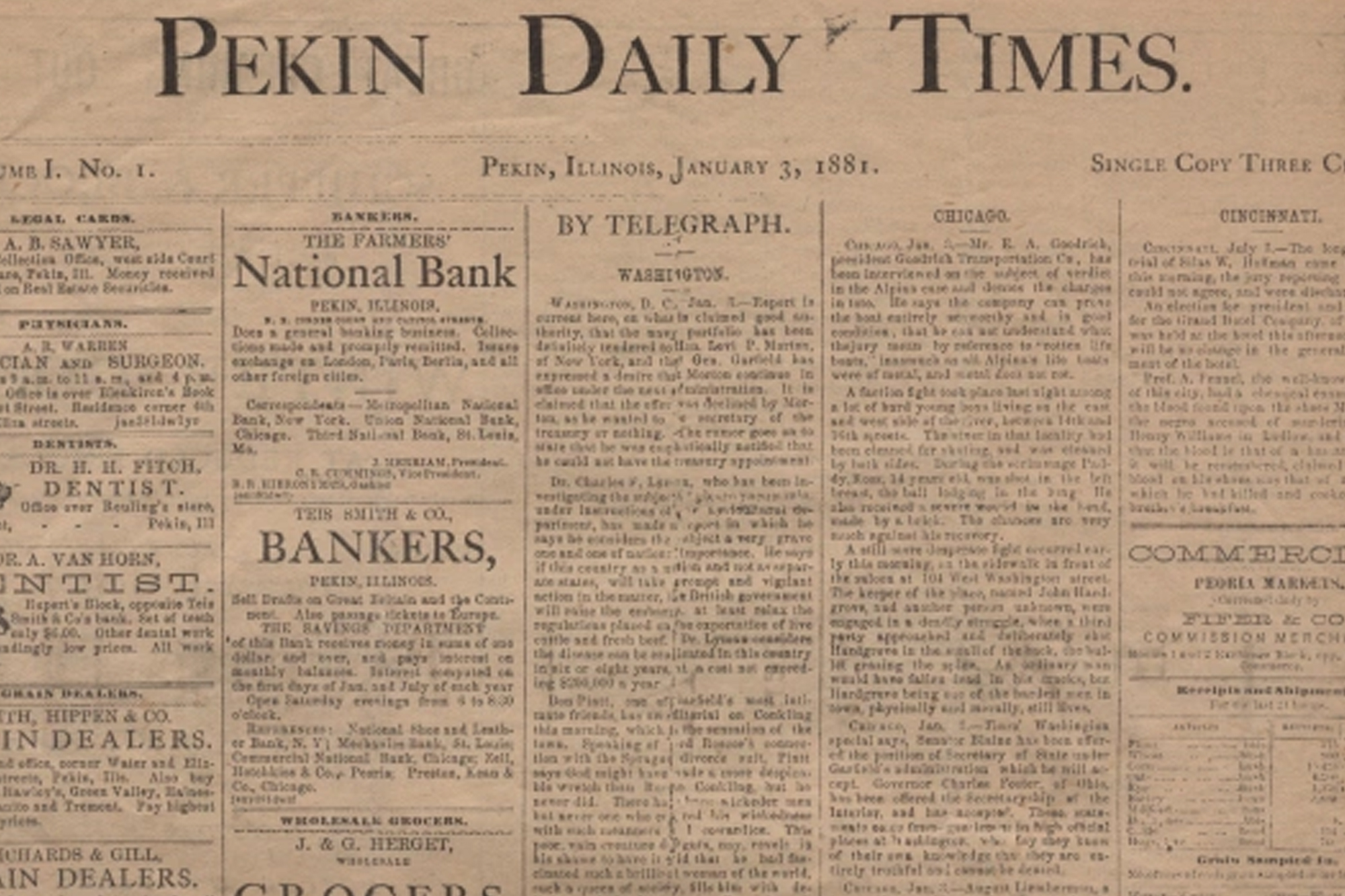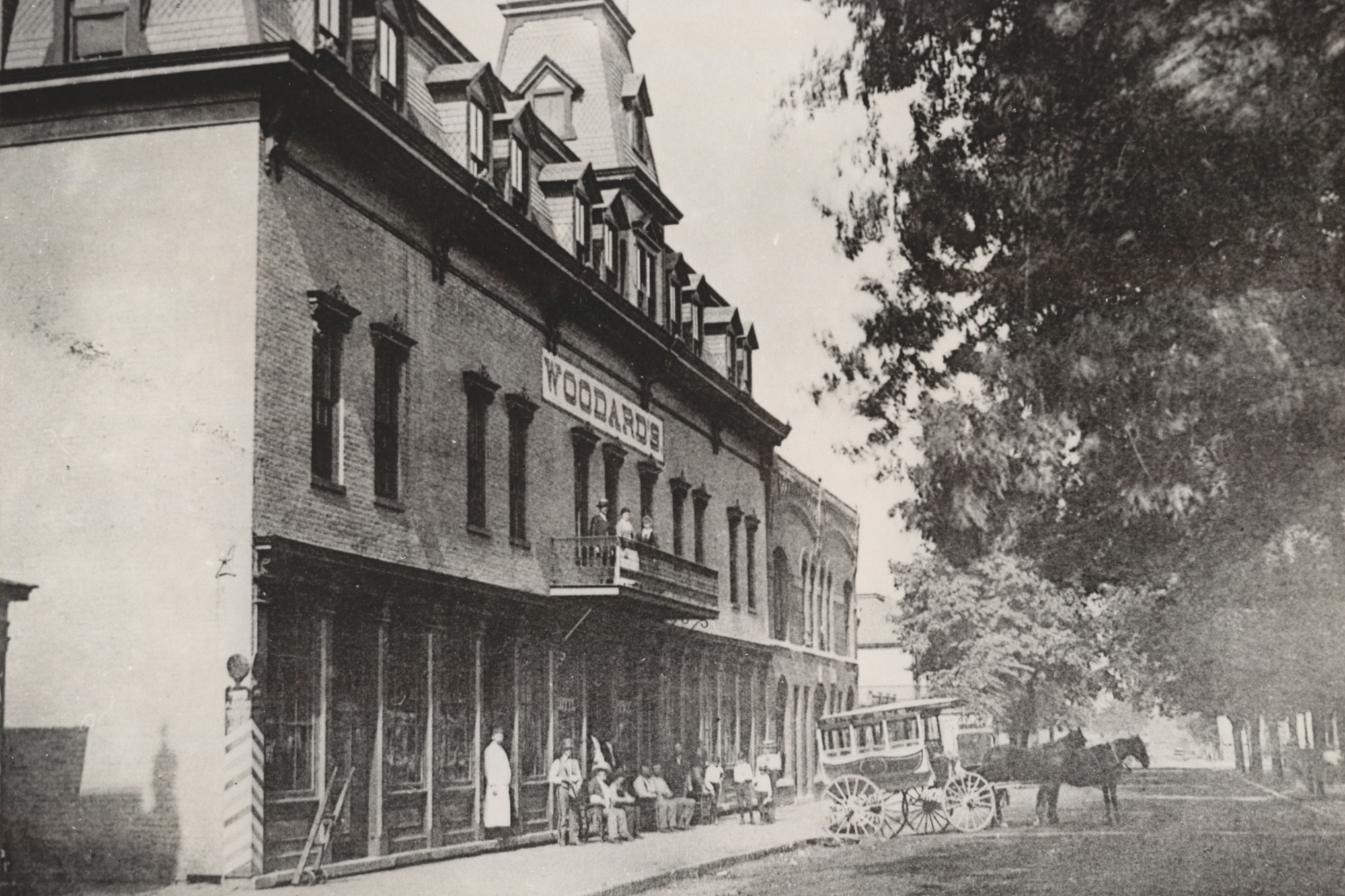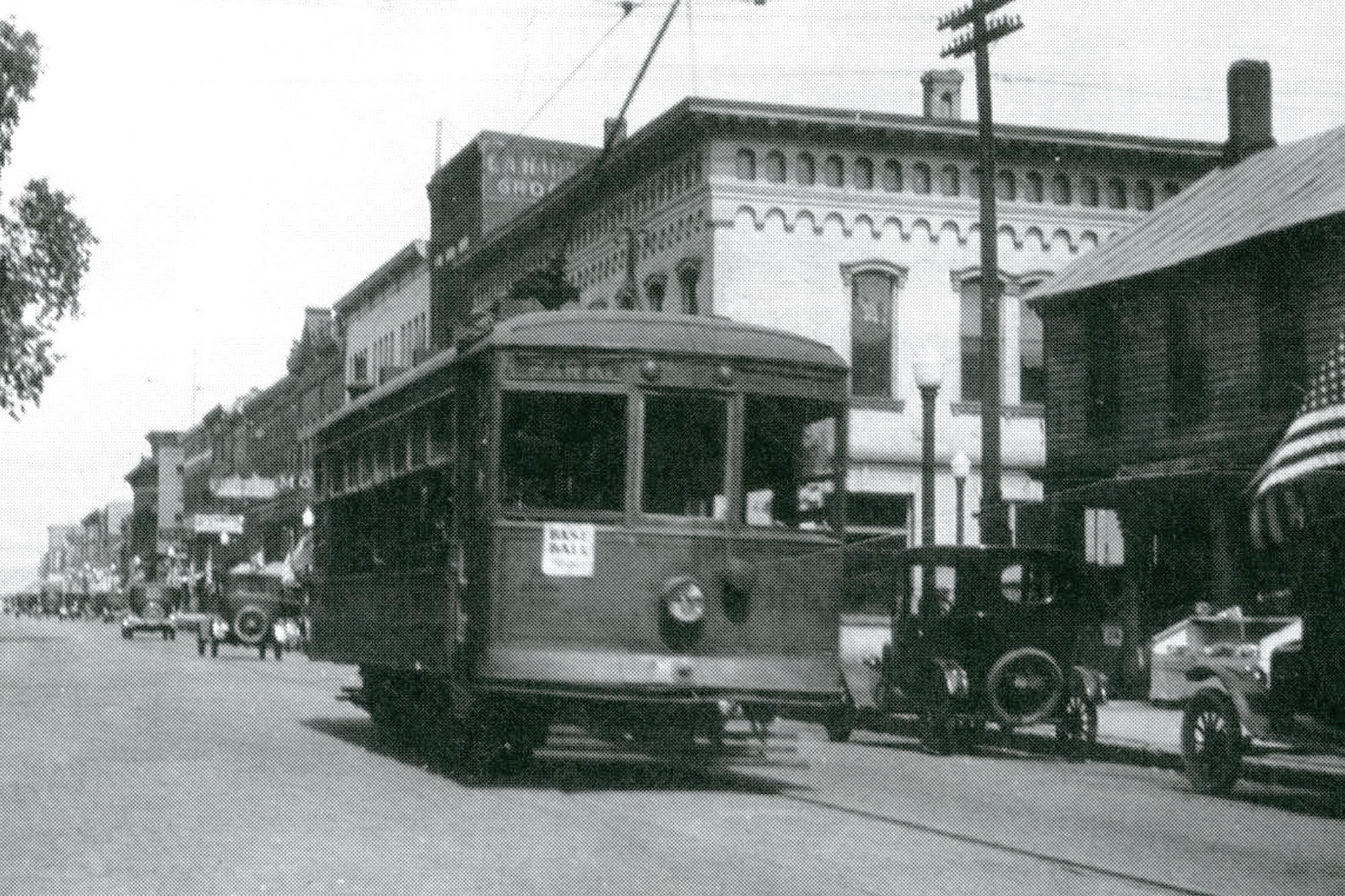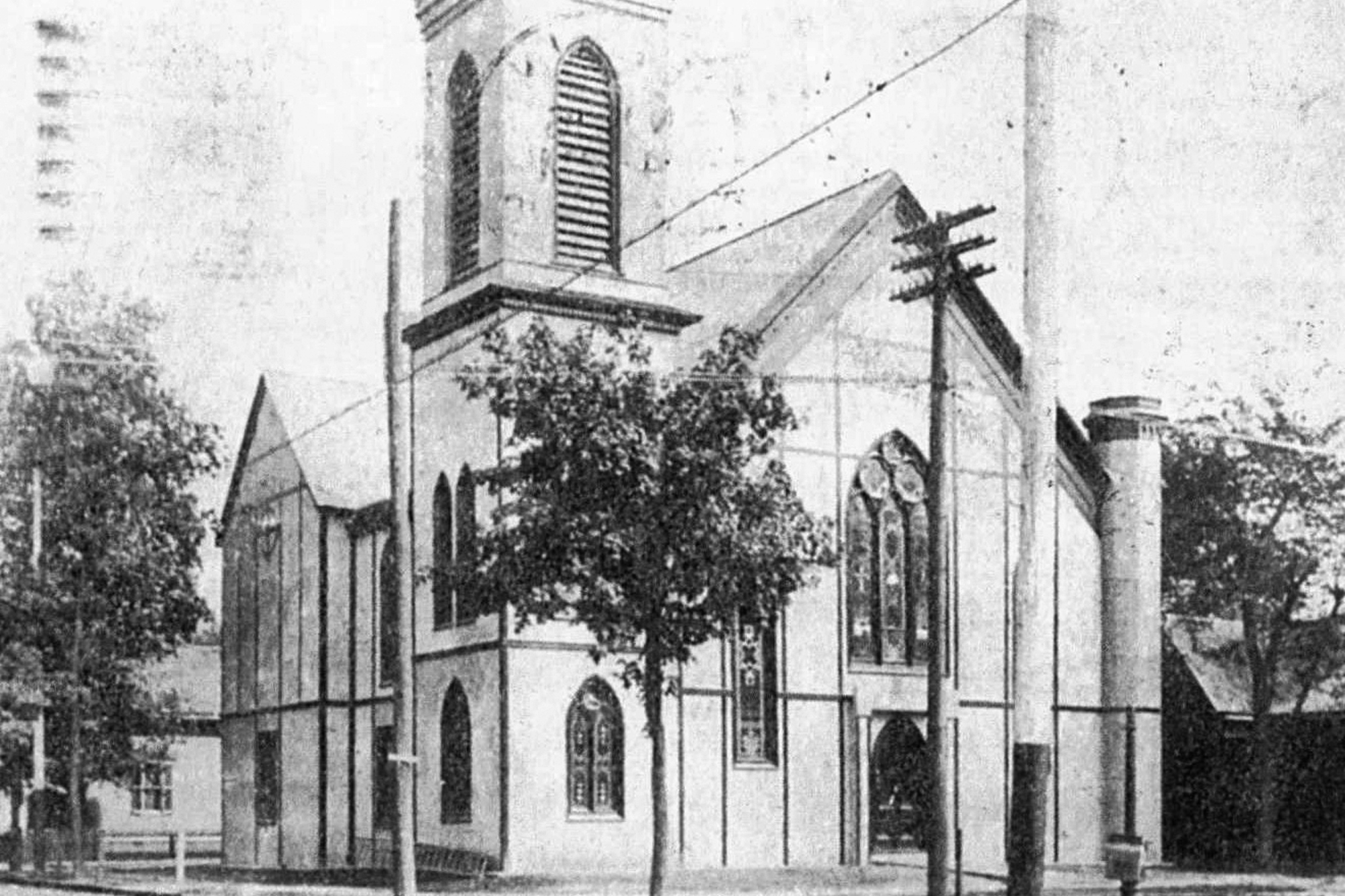In 1913 the Pekin community of approximately 14,000 residents wanted a high quality, modern hospital to serve their health needs. This led to the formation of the non-profit Pekin Memorial corporation.
Read More
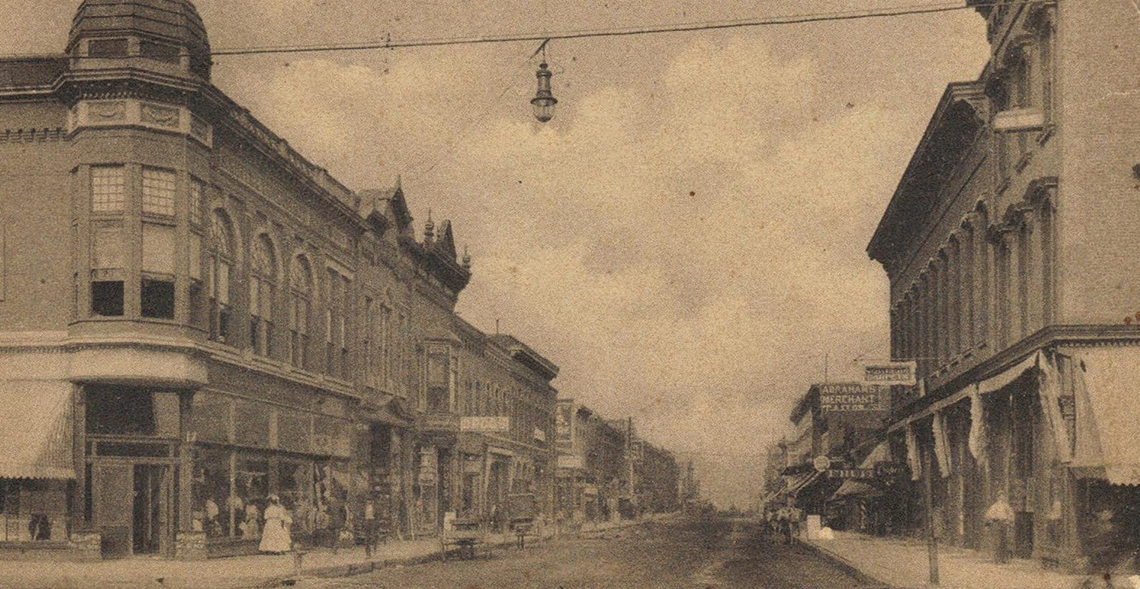
A History Of Pekin
Quick Facts
The First Settler
The first white settler in what would become Pekin was Jonathan Tharp of Ohio, who built a log cabin in 1824 on a bluff above the Illinois River at a spot that today is near the foot of Broadway, not far from where Pottawatomi Chief Shabbona and his family soon after set up their wigwams.
A Community Grows
The first recorded death was that of Ezekiel Turner, who was struck by lightning in February 1825. On March 10, 1827, Joseph, son of Jonathan Tharp, was the first child born in what would become Pekin.
Open For Business
Pekin's first store was set up in 1827 by Jacob Tharp in his smokehouse. In the spring of 1829, Absalom and Joseph Dillon opened a store of general merchandise followed by David Bailey in 1830 featuring dry goods, groceries, and notions.
First School Opens
The first school was built on Second and Elizabeth Streets in 1830 by Thomas Snell, who promptly appointed his son John the initial schoolmaster.
Pekin’s first steam mill was built in April 1845 by Benjamin Kellogg near the river between Margaret and Ann Eliza streets. Kellogg’s business was destroyed by a fire in the fall of 1849.
First Jail
Pekin’s first jail was built in November 1849 for the cost of $48. The jail served the city until 1868, when it was destroyed by a fire started by some of its inmates.
From The Community
As the city of Pekin celebrates its 200th anniversary, local business Excalibur Seasoning has found a unique way to commemorate this significant milestone.
For over three decades, Excalibur Seasoning has been operating in Pekin as one of the largest spice companies in the United States. With a passion for flavor, Excalibur is dedicated to providing wholesale customers with the key ingredients needed to make their culinary creations come to life.
Read More
From The History Room - Pekin Public Library
In the course of our history of the house at 920 Broadway, we have encountered two instances when families who have lived at 920 Broadway were visited by tragic and untimely death. In 1935, the house’s owner Carl Heinlein succumbed to injuries that he suffered in a two-car collision just south of Pekin. In 1975, a few years after the Gardner family moved from 920 Broadway, they suffered the sudden loss of their daughter Jean Bolen, who was a 30-year-old wife and mother of four sons.
Read MoreThe next chapter in the story of the house at 920 Broadway covers a period of about 11 years, when 920 Broadway was the home of the family of Charles W. and Ethel M. Gardner, who lived there after the death of the previous owner Mary Buckley in 1961.
Read MoreContinuing this week with our series on the history of the house at 920 Broadway, this time we will tell of those who lived there from about 1923 until 1961. During that time, 920 Broadway saw continuous ownership and occupation by the same family — although, as we shall see, the owner’s surname did change along the way under remarkable circumstances.
Read MoreThis week we continue our history of the house at 920 Broadway, and will go through the old Pekin city directories to find out who the house’s first residents were. As we saw last time, the Tazewell County Assessor indicates that the house was built in 1907 in the Acme Subdivision of the Haines Addition of Pekin — the former location of the Acme Hay Harvester Co.
Read MoreRecently I was asked to research the history of the residential property at 920 Broadway and present that house’s story in the manner that I previously had told the story of the old Dietrich Smith-Judge Reardon mansion almost two years ago. The home at 920 Broadway has never been as grand as the Smith-Reardon mansion, but even as humble and unassuming a house at this one can have an interesting story to tell.
Read MoreThis week we will take another look at one of Pekin’s successful and prominent businessmen from about 150 years ago: a Civil War veteran named Ketcham Stanley Conklin (1840-1918), known in town as “Cap” Conklin in honor of his service in the Union Army and Illinois State Militia during the war. Conklin was a native of Long Island, New York, and arrived in Pekin in the fall of 1855.
Read MoreAmong Pekin’s most prominent businessmen and community leaders of days gone by was Otto Koch (1849-1928), a German immigrant who settled in Pekin in 1869 and made his fortune in the ice harvesting and coal businesses. Otto Koch was the co-founder of the W. A. Boley Ice Company that used to harvest the ice of Pekin Lake every winter and ship it by rail across the country.
Read MoreA major milestone in the history of Pekin communications was reached on 21 April 1946, when Radio Station WSIV 1140 AM first went on the air. WSIV was Pekin’s first local radio station, owned and operated by the Pekin Broadcasting Co. which was made up of three amateur radio operators, William Kenneth Patterson (1908-1991), George Clifford Udry Sr. (1904-1988), and Emil Lincoln Prandoni (1908-1959).
Read MoreAmong the many notable people of Pekin’s past were William John Conzelman (1865-1916), a three-time Mayor of Pekin who died 109 years ago this Saturday, Feb. 8, and his wife Bertha (Herget) Conzelman (1870-1945), daughter of Pekin Mayor John Herget. Both William and Bertha were active leaders of Pekin’s community and social life, and both were children of German immigrants at a time when German-Americans dominated Pekin’s economic, political, and religious life.
Read MoreAmong the many hotels that once served downtown Pekin’s visitors and residents was a grand edifice known as Woodard’s Hotel, which stood on the south side of Elizabeth Street near the former Tazewell County Courthouse.
Read MoreAmong the special events of Pekin’s Bicentennial last year was the first-ever German Frühlingfest (Springfest) in Pekin, held at the Avanti’s Event Center on April 14 and co-sponsored by Harmonie-Concordia, an affiliate of the Peoria German-American Society. The event celebrated German culture and Pekin’s rich German heritage, which extends almost back to the very founding of Pekin in 1830.
Read MoreFor an older generation, the cold and ice of winter can bring to mind a long-defunct industry that once employed hundreds of men in Pekin – the ice industry. In the days before the invention of the refrigerator, families and business used iceboxes to store food for long periods of time or to keep food from spoiling too quickly. Long-distance transportation of food also required ice-filled train cars, while confectionary businesses needed ice to keep their ice cream cold and their inventory fresh.
Read MoreThough we’re now caught in winter’s icy grip, this week we’ll take a brief look at a tradition of summer and autumn – the county fair. Tazewell County’s communities host several popular local fairs and festivals, though the major fair in this part of Central Illinois is probably the Heart of Illinois Fair that takes places in July across the river in Peoria. In Pekin, Mineral Springs Park hosts the annual 4-H Fair in late July, but apart from the facilities and area used by that fair, Pekin does not otherwise have any fairgrounds.
Read MoreIf you’ve ever wondered what Christmas celebrations were like in Pekin way back when, an old handbill from 1879 in the Pekin Public Library’s Local History Room Collection can be a way to summon a visit from Pekin’s Ghost of Christmas Past.creat
Read MoreWith the end of Pekin’s Bicentennial year fast approaching, this is an opportune time to cast a look back over the “history of Pekin history” — that is, how and when the story of Pekin has been told and retold in the various books on our city’s history that have been published over the decades. To use a more technical term, it is a survey of Pekin’s “historiography” that is the subject this week at “From the History Room.”
Read MoreOnly 11 months after the founding of Pekin, the survival of the nascent pioneer town was severely tested by a natural disaster that affected the whole of Central Illinois — the most brutal winter ever to hit Tazewell County, whose survivors afterwards were known as “Snowbirds.”
Today the term “snowbird” can be a slang term for U.S. retirees from northern states who own a second home or condominium in places like Florida or Arizona, where they live during the winter months, returning north with the return of warm weather in the spring. Tazewell County’s 19th century “Snowbirds” didn’t have that luxury but may have wished they did.
The seed from which Pekin grew was the log cabin that pioneer settler Jonathan Tharp (1794-1844) built for his family in 1824 at what is now the foot of Broadway. The year after his arrival, Tharp was joined by his father Jacob and other family members, with several other pioneer families arriving here over the next few years, culminating in the formal surveying, platting, and naming of the town of Pekin on 19 Jan. 1830.
Read MoreWhile Pekin traces its origin to the 1824 arrival of Jonathan Tharp from Ohio, the future site of Pekin and its environs was home to Native American tribes during the long centuries, even millennia, prior to the arrival of European explorers and settlers. As we have previously told, the city of Pekin was established at the site of a Native American village of about 100 wigwams located on Gravel Ridge along the eastern shore of Pekin Lake (near the location of the Pekin Boat Club). Tharp, Pekin’s first European-American settler, built his cabin to the south of that village, at or very near the spot where the Brotherton Museum (the former Franklin School) stands today, at the foot of Broadway.
Read MoreAs another Veterans Day draws near, it is an opportune time to recall the valor of Tazewell County’s three Medal of Honor recipients. Among of the 3,536 Congressional Medal of Honor Recipients, Tazewell County three recipients were all recognized for their actions at Civil War at Vicksburg. The Medal of Honor is granted by the U.S. Congress to military veterans who have “distinguished themselves through acts of conspicuous gallantry and intrepidity at risk of life above and beyond the call of duty.”
Read MoreWith the 2024 General Election just days away, this is an opportune time to take a look back at the presidential connections of Pekin and Tazewell County, and to survey our county’s presidential voting record.
Read MoreOne of Pekin’s notables from days gone by was a German-born businessman named William H. Lauterbach (1845-1927), who first came to Pekin in 1863. After his arrival here, William Lauterbach started out as a barber in downtown Pekin before starting a successful career as a hotel proprietor here. Almost as soon as he got to the United States, he volunteered to serve his newly-adopted country during the Civil War, seeing action in several battles as a soldier in the Union Army.
Read MoreFor about 90 years, St. Joseph Catholic Church has been the sole spiritual home for Pekin’s Catholic community – but there was a time when Pekin had two Catholic churches, one for English-speaking Catholics and the other, Sacred Heart Catholic Church, for Pekin’s German Catholics.
Read MoreImagine the city of Pekin in 1980: The post-World War II Baby Boom had continued unabated throughout the 1960s and 1970s, causing Pekin’s population to soar to 45,000 souls. The city doesn’t feel at all crowded, though, and traffic flows smoothly and uninterruptedly from one end of town to the other along one of Pekin’s wide thoroughfares. Drivers crossing the Illinois River have their choice of either the Margaret Street bridge to downtown or the new four-lane Charlotte Street high bridge to the other parts of town.
Read MoreArchitecturally, perhaps the building at 1024 Court St. – which for the past few years has been the law office of Pekin attorney Mark E. Wertz – may not be particularly remarkable, but this little building and its location at the intersection of Washington and Court streets have a fascinating story to tell that reaches back to the 1870s.
Read MoreThis week we conclude our series on Pekin’s 1924 Centennial Celebration with a “post script” on a remarkable feature of the celebration that would be unacceptable today: the “Indian Village” at Mineral Springs Park that was presided over by a man calling himself “Chief White Eagle.”
Read MoreThis week we draw near to the conclusion of our series on Pekin’s 1924 Centennial Celebration. Today we present the Saturday, 5 July 1924, Pekin Daily Times report on the celebration’s concluding fireworks display that jointly honored Pekin’s centennial and the nation’s declaration of independence from Britain in 1776. We also share three “appraisal” columns from that issue of the Pekin Daily Times that positively commented on the three-day celebration.
Read MoreThe Pekin Daily Times coverage of the third and final day of the 1924 Centennial Celebration included a pair of front page stories in the 5 July 1924 edition of the newspaper that told of the grand Centennial Parade that had been held the previous day. The Daily Times in its 2 July 1924 edition had earlier published the list of the bands and floats that would wend their way along Pekin’s streets from downtown to Mineral Springs Park.
Read MoreOur ongoing series on Pekin’s 1924 Centennial Celebration has now reached the celebration’s third day, which was the Fourth of July that year. This week we will begin to present the Pekin Daily Times coverage of the celebration’s final day, which was published in the Saturday, 5 July 1924 edition of the newspaper. Naturally, the story of the Centennial Celebration’s grand finale was the first and most prominent story in the paper that day.
Read MoreAs we continue our series on Pekin’s 1924 Centennial Celebration, this week we conclude the Pekin Daily Times coverage from the second day of the celebration, Thursday, 3 July 1924. Besides the other news articles and features from that day’s issue of the newspaper that we have already shared here, the Daily Times also published an updated “Centennial Register,” listing the out-of-town visitors who signed their names in the registry at the courthouse. According to the registry, the furthest anyone had come was from Sydney, Australia.
Read MoreContinuing our series on the 1924 Pekin Centennial Celebration, this week we present an article from the Thursday, 3 July 1924 issue of the Pekin Daily Times that tells of the Centennial Play that had been presented in Mineral Springs Park on the previous evening, Wednesday, 2 July 1924, which was the opening night of the Centennial Celebration.
Read MoreThis week’s “From the History Room” article continues our series on the 1924 Pekin Centennial Celebration. Having completed the presentation of the Pekin Daily Times articles from the 2 July 1924 edition, we now move on to the Daily Times’ main front page banner headlined article from Thursday, 3 July 1924.
Read MoreWe continue this week with our ongoing our series on Pekin’s Centennial Celebration in July 1924. The Pekin Daily Times gave extensive news coverage to the first day of the celebration in the Wednesday, 2 July 1924 edition of the newspaper. Following is a transcription of the last of the Daily Times’ Centennial articles from that day’s issue. This article, which appeared on page 3, tells of the plans for the Centennial Historical Parade that was scheduled for the last day of the celebration, on the afternoon of the Fourth of July. The bulk of this article consists of the list of the parade floats and marching groups in order.
Read MoreThis week we continue our series on Pekin’s celebration of its Centennial in July 1924 with a transcription of the long catalogue of historical relics and antiques that were displayed in Pekin’s downtown storefronts along Court Street during our city’s Centennial Celebration that year. This catalogue took up a large part of page 2 of the Wednesday, July 2, 1924 edition of the Pekin Daily Times. This catalogue of relics not only gives a snapshot of American life from the 1700s to the late 1800s, but also provides a glimpse of the old-time businesses that served Pekin’s shoppers in Pekin’s Old Town one hundred years ago.
Read MoreAs we continue our series on Pekin’s celebration of its Centennial in July 1924, this week at “From the History Room” we present transcriptions of two more Pekin Daily Times articles that ran in the Wednesday, July 2, 1924 edition of the newspaper. Last week we shared the front page Centennial store from that issue, which also had Centennial stories on pages 2 and 3, as well as a relevant editorial on page 4.
Read MoreGreat crowds gathered last week for three days of memorable Pekin Bicentennial events. On the morning of the Fourth of July, a standing-room-only crowd came to the Pekin Municipal Building for the 1976 time capsule opening ceremony. The following day, Friday, July 5, over 300 people toured Roger Brotherton’s private museum in the former Franklin School building, which houses Brotherton’s collection of local and national historical memorabilia and relics.
Read MoreA large crowd of Pekinites took time this morning to recall and reflect upon the past 48 years of Pekin’s and national history at the 1976 time capsule opening ceremony held at 9 a.m. at the Pekin Municipal Building. The standing-room-only event was held in City Council Chambers, but an overflow crowd also filled the lobby of Pekin’s city hall, where the contents of the 1976 time capsule were displayed along with a selection of the 1884 and 1951 city hall time capsules.
Read MorePekin’s yearlong celebration of its bicentennial really ramps up tomorrow and this weekend, with a ceremonial opening of the Pekin City Hall time capsule Thursday morning, tours of the Brotherton Museum on Friday at the former Franklin School building, and a Bicentennial Bash at Mineral Springs Park this Saturday afternoon and evening.
Read MoreThis year’s celebration of Pekin’s Bicentennial coincides with the 60th anniversary of the federal Civil Rights Acts of 1964. Consequently, it is a very appropriate time to recall the crucial role that Pekin’s own Sen. Everett McKinley Dirksen played in the passage of that landmark legislation that has transformed American culture and society.
Read MoreTazewell County’s and Pekin’s newest military memorial was dedicated during the county’s observance of the Juneteenth holiday on Wednesday morning, 19 June 2024. City, county, and state officials, as well as community leaders, veterans, and members of the public gathered for the Juneteenth ceremony on the Tazewell County Courthouse lawn, where the county had placed its new memorial honoring the 29th U.S. Colored Infantry and the 12 men from Tazewell County who served in that regiment during the Civil War.
Read MoreOnce upon a time, or beginning in 1898 and apparently ending in the mid-1930s, Pekin would put on vibrant, very popular street fairs, hosted in the city’s downtown. This old tradition will be continued this weekend with a Downtown Street Faire planned for Saturday, 15 June 2024, from 10 a.m. to 11 p.m. This fair, which will commence with a parade honored Pekin’s veterans, is part of the city’s yearlong bicentennial celebrations.
Read MoreIn the past century and a half, several bridges have spanned the Illinois River at Pekin. Today’s “Pekin bridge,” the John T. McNaughton Bridge, was dedicated in 1982. Prior to that, Pekin’s bridge was a lift bridge that was built in the late 1920s and was dedicated on 2 June 1930.
Read MoreAlthough Pekin voted to incorporate as a city in 1849, Pekin had no literal “city hall” for the first 35 years of its history. The establishment of a permanent city hall is a story of the triumph of principle over privilege.
Read MoreIn the Pekin Public Library’s Local History room collection is a copy of Pekin Police Chief William Grant Jr.’s annual police department report for the year ending 31 Dec. 1941, submitted to Pekin Mayor J. Norman Shade and the Pekin City Council in January of 1942.
Read MoreOne of the most formative and consequential events in Pekin’s early history was a disaster that is remembered as “the Great Fire of 1860,” that obliterated a large part of downtown Pekin. The aftermath of that fire saw the formation of independent fire companies to ensure that the community would be better prepared to prevent structure fires from blazing out of control and so save lives and property.
Read MoreThe era of Prohibition during the 1920s is remembered as a time of speakeasies, bootlegging and larger-than-life gangster kingpins. Not as well-remembered, however, is an earlier time when a vast and lucrative bootlegging conspiracy operated in the United States — and was active in Pekin.
Read MoreThe city of Pekin currently has four Illinois State Historical Society markers highlighting significant events and individuals in Pekin’s history. Those markers are: 1) The marker in Riverfront Park that commemorates the tragic wreck of the Riverboat Columbia on 5 July 1918. 2) The marker on the side of the former Pekin National Bank building at the intersection of Court and Capitol streets commemorating the founding of the Union League at that site on 25 June 1862. 3) and 4) The two markers in Legins-Costley Park dedicated in June 2023 in the 400 block of Court Street, honoring the remarkable lives of Nance Legins-Costley and her son Pvt. William H. Costley of the 29th U.S. Colored Infantry.
Read MoreAs we continue our Pekin Bicentennial series, this week and the next we will consider the role that Pekin, Tazewell County, and the State of Illinois played during the Civil War. Earlier this month, on April 9, marked 159 years since the surrender of Confederate Gen. Robert E. Lee at Appomattox Court House that brought an end to the war.
Read MoreThe first years of Pekin’s existence coincided with a period when men and goods were transported along the waterways and canals of Illinois using riverboats, whether steamers or packet boats.
But steam-powered rail (invented in Britain in 1804, three years before Robert Fulton’s first steamboat) would soon challenge and then eclipse steamboats as the preferred means of long-distance transportation of good and people.
In our previous installment in our Pekin Bicentennial series we reviewed the story of how Pekin became an incorporated city in 1849. When the residents of Pekin voted to adopt a city charter on 20 Aug. 1849, Pekin opted for a mayor/alderman form of government.
Read MoreOur Bicentennial series on the history of Pekin continues this week with the account of how Pekin became an incorporated city. In addition to this year being the 200th anniversary of the arrival of Pekin’s first settler Jonathan Tharp, this August will mark 175 years since Pekin’s vote to incorporate as a city under Illinois law in 1849.
Read MoreEarly accounts tell us that Ann Eliza Cromwell , wife of Pekin co-founder Nathan Cromwell, was the one who suggested the name Pekin. As it happens, Mrs. Cromwell is also said to have chosen the names for most of the streets in the “Original Town” of Pekin. History and legend credits her with Pekin’s feminine-named streets.
Read MoreThe first 19 years of Pekin’s history cover the period when our community was a pioneer town — an unincorporated community until 1835 (or 1837), and as a self-governed incorporated Town from the mid-1830s until 1849.
Read MoreJoshua Carmen Morgan (1804-1849) was one of the most prominent of Pekin’s community leaders in the earliest years of its existence as a pioneer settlement was, and his name appears repeatedly in the early records of Pekin’s history. He was born 15 July 1804 in Xenia, Ohio, eldest son of Isaac and Margaret (Carmen) Morgan, who were natives of Virginia and Kentucky, respectively.
Read MoreIn previous installments of our ongoing Pekin Bicentennial series, we have recalled the earliest years of the pioneer settlement that was formally platted, organized, and named Pekin in 1830. This week we’ll tell of how the settlers in Pekin took action to place their community on a more permanent basis by incorporating as a Town under Illinois state law.
Read MoreFor this third in our series of Pekin Bicentennial Black History Month articles, we’ll highlight a selection of just a few of the many stories of Abraham Lincoln and his ties to Pekin. These stories span Lincoln’s life and career as a prairie lawyer and politician.
Read MoreThe decade of the Sixties was a time of momentous changes in the United States, and the Civil Rights Movement was responsible for many of those changes. The movement’s most historic achievements included the passage of the landmark Civil Rights Act of 1964 that outlawed racial discrimination across the board...
Read MoreAs Pekin’s Bicentennial Year continues and we now find ourselves in Black History Month, it is fitting that we turn our attention now to Pekin’s African-American history. Compared to most other areas of our city’s history, this is an aspect of Pekin’s history that has been little researched...
Read MoreAs Pekin’s Bicentennial Year continues, this week we’ll take a look back over the history of a downtown landmark that has witnessed almost three-fourths of Pekin’s 200 years: the old Farmers National Bank building at 333 Court St., the northeast corner of Capitol and Court.
Read MoreMore than 220 people were there to hear Pekin Mayor Mary Burress during her “State of the City” address on Friday, 19 Jan. 2024, an event that formally inaugurated the city’s calendar of Bicentennial celebrations.
Read MorePekin Mayor Mary Burress will formally inaugurate Pekin’s yearlong calendar of Bicentennial celebrations tomorrow morning, 11:30 a.m. Friday, 19 Jan. 2024, at a special “State of the City” event and luncheon at the Pekin Moose Lodge, 2605 Broadway.
Read MoreBefore the formal platting and surveying of the little pioneer settlement that would be named “Pekin” in January of 1830, the groundwork for Pekin’s founding was laid by an influx of settlers who arrived throughout the 1820s.
The first settler at what would become Pekin was Jonathan Tharp (1794-1844), who left his old home at Urbana, Ohio, looking for new opportunities in Illinois....
As Pekin has now entered its Bicentennial Year, it’s good to recall that 100 years ago the Pekin Daily Times included the words, “This is Pekin’s Centennial Year” in its front page masthead all throughout the year to remind its readers of upcoming Centennial celebrations.
Yet in a kind of tragic irony, during the first weeks of January 1924, immediately beneath those words of anticipation and celebration the newspaper ran banner headlines and daily front page updates on rescue and recovery efforts...
The New Year A.D. 2024 promises to be a memorable one for Pekin, with celebrations and special activities being planned throughout the year to mark our community’s Bicentennial.
One hundred years ago, Pekin put on a multi-day festival and grand parade to celebrate its centennial. That and much more is in the works for Pekin’s bicentennial.
For the first 19 years of its existence, from 1830 to 1849, Pekin was a pioneer town, with much of the character that is associated with the Wild West rather than a modern semi-rural Midwestern city. A Native American village even thrived near the new town until 1833, first located on the ridge above Pekin Lake and later on the south shores of Worley Lake.
Read MoreThe founding pioneer settlers of Pekin believed it was very important to provide youth with a good education. So it was that in 1830, the year of Pekin’s founding, the town’s first school opened. A log cabin built by Thomas Snell, it was located on the west side of Second Street between Elizabeth and St. Mary streets, at the southwest corner of Elizabeth and Second. Snell’s son John was the teacher.
Read MoreOnce upon a time, or beginning in 1898 and apparently ending in the mid-1930’s, Pekin would put on vibrant, very popular street fairs, hosted in the city’s downtown. In 1902, on the day of the parade, 18,000 people attended this event. Two railroad companies from Peoria brought 2,800 people into our fair town.
Read MoreIn the aftermath of the Great Fire of 1860, three independent fire companies were formed: the Independent Hood and Ladder Company No. 1, Rescue Company No. 1, and Defiance Hose Company. Two more volunteer companies were organized: the “Wide Awake” and “Protection.” By 1894 the “Wide Awakes” had a partially paid department.
Read MoreSunday this week was the 174th anniversary of Pekin’s vote to incorporate as a City, thereby becoming the 10th incorporated City in Illinois. That significant date in Pekin’s history – 20 Aug. 1849 – came just 14 years after the residents of Pekin voted to incorporate as a Town.
Read MorePresident Abraham Lincoln’s long road to the White House began in his days as a circuit-riding lawyer over the prairies of Illinois, leading him first to the Illinois General Assembly and then to the U.S. Congress. One of the stops on Lincoln’s road was Pekin, where Lincoln was involved in a political pact known as “the Pekin Agreement.”
Read MoreThe firm of Wagenseller & Co. was owned and operated by Joshua Wagenseller (1813-1882), one of Tazewell County’s Old Settlers whom we have spotlighted here twice previously. As we mentioned before, Wagenseller was an ardent abolitionist, a friend of Abraham Lincoln (who was a guest in the Wagenseller home on many a visit to Pekin), and a founding member of the Tazewell County Republican Party.
Read MoreOne of the most prominent of Pekin’s community leaders in the earliest years of its existence as a pioneer settlement was Joshua Carmen Morgan (1804-1849), whose name appears repeatedly in the early records of Pekin’s history. He was born 15 July 1804 in Xenia, Ohio, eldest son of Isaac and Margaret (Carmen) Morgan, who were natives of Virginia and Kentucky, respectively.
Read MoreAfter the Tharps other settlers would soon arrive – by 1830, what would become Pekin counted eight settlers. The Tharps and their companions, most of them from Ohio, made plans for a village called Cincinnati, with streets to be laid out on a north-south-east-west grid.
Read MoreChanges and developments come to a community day by day, week by week. New buildings and homes are erected, old ones are demolished, new businesses come to town while older ones expand or close their doors.
Read MoreAmong the pioneer founders of Pekin was a man named William Haines, who is twice mentioned in the historical essay included in the 1870 Sellers & Bates Pekin City Directory, on page 9. Like many of the original settlers of Pekin, Haines came from Ohio.
Read MoreFor an older generation, the cold and ice of winter can bring to mind a long-defunct industry that once employed hundreds of men in Pekin – the ice industry.
Read More“Citizens of Pekin, here your daily is!” With these words, the Pekin Daily Times made its debut 139 years ago this month. It began as a four-page broadsheet, with five columns to a page, published by Joseph B. Irwin and W. T. Dowdall, and delivered by four newsboys: Ad Merrill, Charley Wagenseller, Benny Irwin, and Johnny Michael.
Read MoreModern travelers passing through Pekin or staying for a few days have a few hotels to choose from out on the east end of town, but in the past downtown Pekin had an array of hotels where visitors to “the Celestial City” could find food and a place to lay their heads at night.
Read MoreThe Pekin Park District was established in 1902, but the history of Pekin’s parks in fact begins 20 years earlier, when Mineral Springs Park – called “the jewel in the crown” of the Park District system by “Pekin: A Pictorial History” – was founded as a privately-owned park.
Read MoreIn terms of public transportation in Pekin today, we have the Peoria-based CityLink bus system. But in the past, Pekin was served by its own bus lines — and before that, by street cars. Pekin’s trolley system began as an abortive private venture which was taken over and run by the city.
Read MoreThe first white settlers in Pekin, the Tharps, arrived in 1824 and 1825. “The Tharps had become Methodists before they left Ohio, and so Jacob Tharp welcomed a circuit-riding Methodist minister, Reverend Jesse Walker, into his log cabin in 1826 to conduct Town Site’s first preaching service,” says the 1974 Pekin Sesquicentennial.
Read More

